Bulacan has a lot of stories to tell. It is a silent witness to our history. Yet, Bulacan has remained an underrated province. But that’s about to change as we slowly uncover the secret beauty that lies within Bulacan. Honestly, at first, I didn’t expect Bulacan to be an awesome place. After all, it’s stereotyped as a place filled with farms. Little did we know, Bulacan has so much to offer. Here’s a travel guide to Biak-na-Bato National Park in San Miguel. The first of #BudgetTrip series featuring #BTBulacan.
AWAY FROM HOME
It’s kinda funny at how I never tried exploring Bulacan before despite its close proximity to our house. It’s just an hour away. Even closer than Manila from our place. But things changed when I received an invite from a friend. It was yet another spontaneous trip
ROAD TO BULACAN
Going to Bulacan is very easy though bear in mind that it’s a huge place and personally, I categorize it into two: the NLEX area and the Fairview area. The NLEX area goes through the, well, NLEX. It includes majority of the cities and municipalities like San Miguel, Plaridel, Merycauayan, Malolos and Bocaue. The Fairview area on the other hand passes through Fairview, Quezon City and includes Norzagaray, Angat and San Jose Del Monte.
Biak-na-Bato is located in San Miguel, the tip most municipality. The fastest route here is taking a private car of bus (fare is Php 117 / 94 for students). Drop off at Camias tricycle station. From there, just ride a trike going to Biak-na-Bato. Fare is around Php 200 per trike which is good for 4 already.
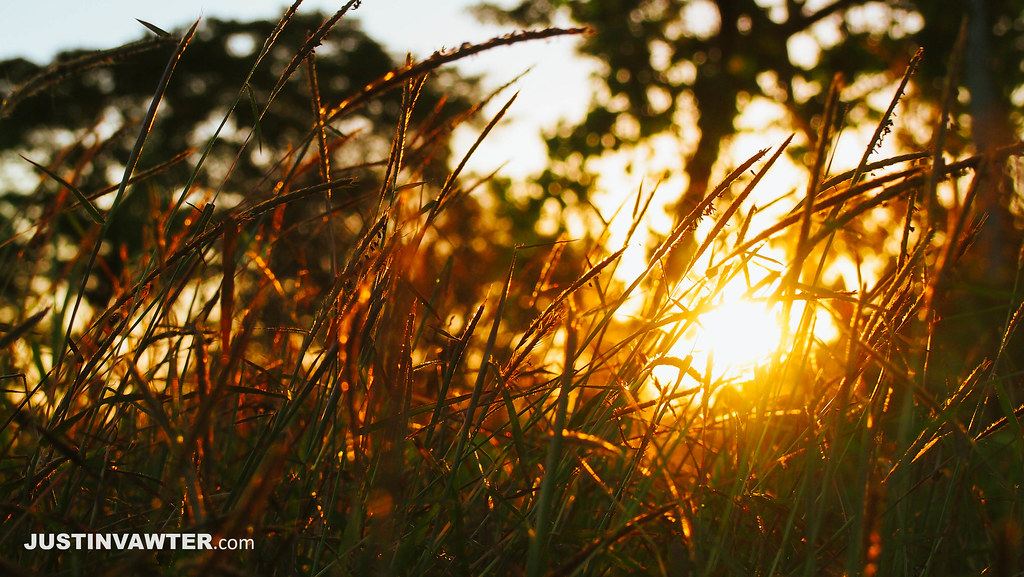
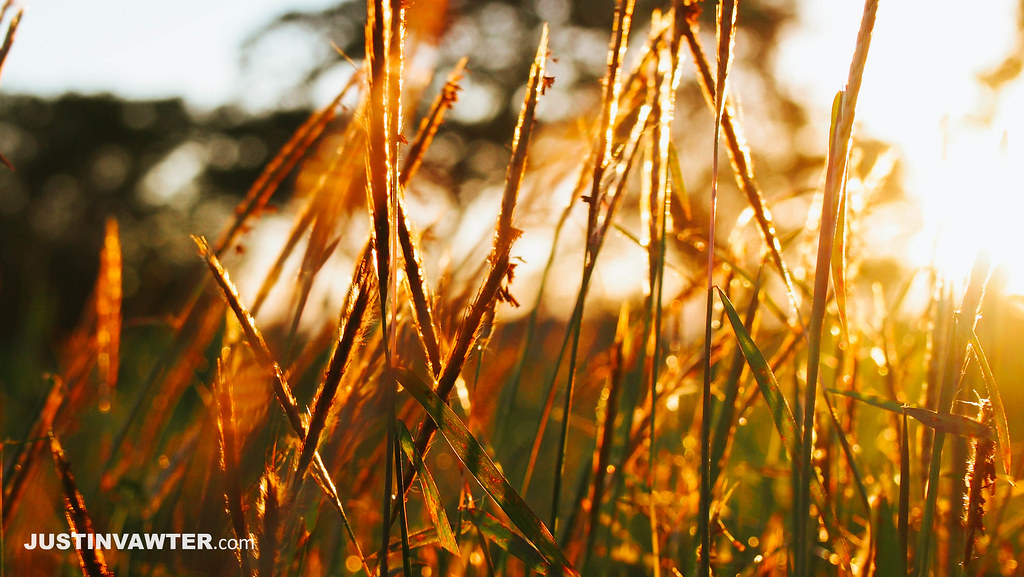 UNVEILING THE HISTORY
UNVEILING THE HISTORY
Declared as a national park by Pres. Manuel Quezon in 1937 by virtue of its association with the history and site of the Biak-na-Bato Republic. To those who have no idea, here’s a quick info about the Biak-na-Bato Republic:
The Republic of Biak-na-Bato (Tagalog: Repúbliká ng̃ Biak-na-Bató, Spanish: República de Biac-na-Bató), officially referred to in its constitution as the Republic of the Philippines (Tagalog: Repúbliká ng̃ Filipinas, Spanish: República de Filipinas), was the first republic ever declared in the Philippines by revolutionary leader Emilio Aguinaldo and his fellow revolutionaries. Despite its successes, including the establishment of the Philippines’ first ever constitution, the republic lasted just over a month. It was disestablished by a peace treaty signed by Aguinaldo and the Spanish Governor-General, Fernando Primo de Rivera which included provision for exile of Aguinaldo and key associates to Hong Kong.
Spelunking here is like a journey to the past. We had a historical tour thanks to the knowledgeable guides.
A TOUR AT THE PARK
The park covers a total area of 2,117 hectares. Since I was able to visit this place twice, I got the chance to tour around while waiting for my friends. There’s a river within the area and it’s so clean and clear!
Rappelling!
INSIDE THE GREAT CAVE
There are A LOT of caves in the park. It’s up to you which one to visit but for our trip, we just let our guide take us to the important ones especially the Bat Cave which is so grand. Each cave has a story to tell and you’ll definitely learn a lot more about the history. It’s also perfect for beginners and students since the trails are not hard.
Yungib II Cave – Yungib is the Tagalog translation of cave. Here you’ll find some human bones. We even saw a snake on one of the rock formations.
Tanggapan Cave – from the Tagalog word tanggapan which literally translates to a place where something/someone is being received. This cave became a medical headquarters where Katipuneros are being received, hence the name.
Do you see what I see?
Ambush Cave – this is the darkest cave of all. According to our guide, Ambush cave played a vital role in defeating enemy soldiers. Despite the lack of weapons, the katipuneros were extremely smart. They led the enemies to this cave where an ambush awaits.
Pahingahan Cave – derived from the Tagalog term pahinga or rest, the Pahingahan cave acted as a place for a quick rest.
Bahay Paniki Cave – Bahay Paniki or Bat Cave is, well, simply a bat cave. This is definitely the highlight of the trip. It’s the largest cave in the area and its size is simply astounding. It will leave you breathless.
TRAVEL TIPS & NOTES
The guide fee depends on the caves you’ll be visiting. As for us, we paid Php 900 for a group of 9 persons. Also, you may want to drop by at Madlum River and try the monkey bridge or even climb Mt. Manalmon and Gola if you can fit it in your itinerary. There’s also another famous cave, the Bayukbok Cave. You might want to check that out as well.
The park is open until 5-6pm and there’s an entrance fee of Php 30 for adults and Php 20 for students. There are carinderias in the area and you can request for a paluto. Plus, there’s a videoke and billiards.
You may also bring a flashlight plus get ready to be wet since you may cross a river. Bring extra clothes too, since you can swim in the river. There are available bathrooms so you don’t have to worry about that.
BUDGET GUIDE
[su_spoiler title=”HOW TO GO HERE” style=”fancy” icon=”chevron”]
1. Ride a bus from Cubao going to San Miguel. Drop off at Camias tricycle terminal. – Php 117 / 94 (student)
2. Ride a tricycle going to Biak-na-Bato National Park. Php 200 per trike, max of 4 pax. Php 50 each.
Entrance fee: Php 30 adult, Php 20 student/senior
Guide fee: Php 900 for a group of 9 (Php 100 each).
Total Expenses: Php 500[/su_spoiler]
1. Ride a bus from Cubao going to San Miguel. Drop off at Camias tricycle terminal. – Php 117 / 94 (student)
2. Ride a tricycle going to Biak-na-Bato National Park. Php 200 per trike, max of 4 pax. Php 50 each.
Entrance fee: Php 30 adult, Php 20 student/senior
Guide fee: Php 900 for a group of 9 (Php 100 each).
Total Expenses: Php 500[/su_spoiler]
The gang (L-R): Sj, Corz, Cindy, Bam, Anton, Popoy, Kim, Diana, and me (the cameraman haha!)
Cheers!
– Justin –

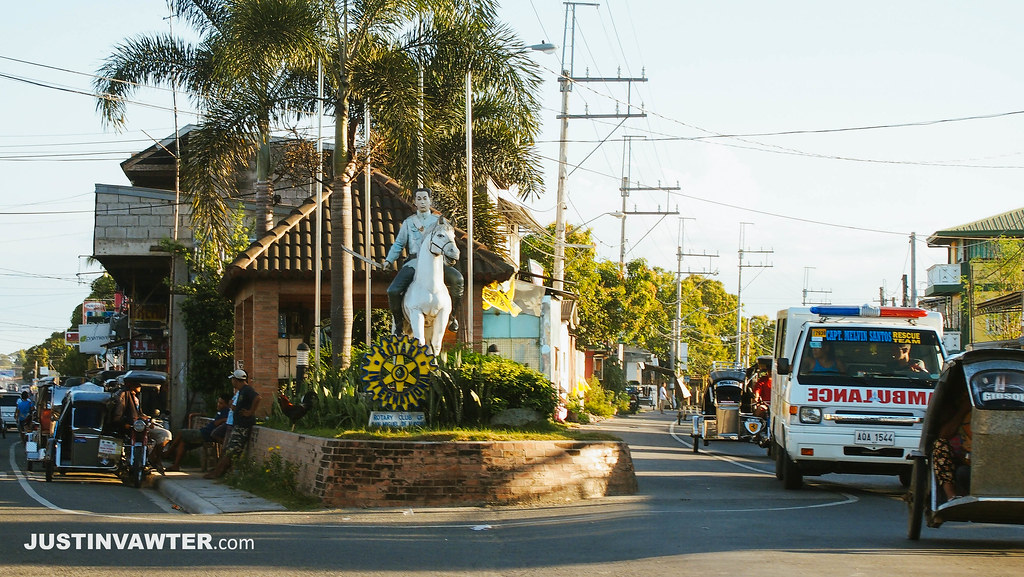
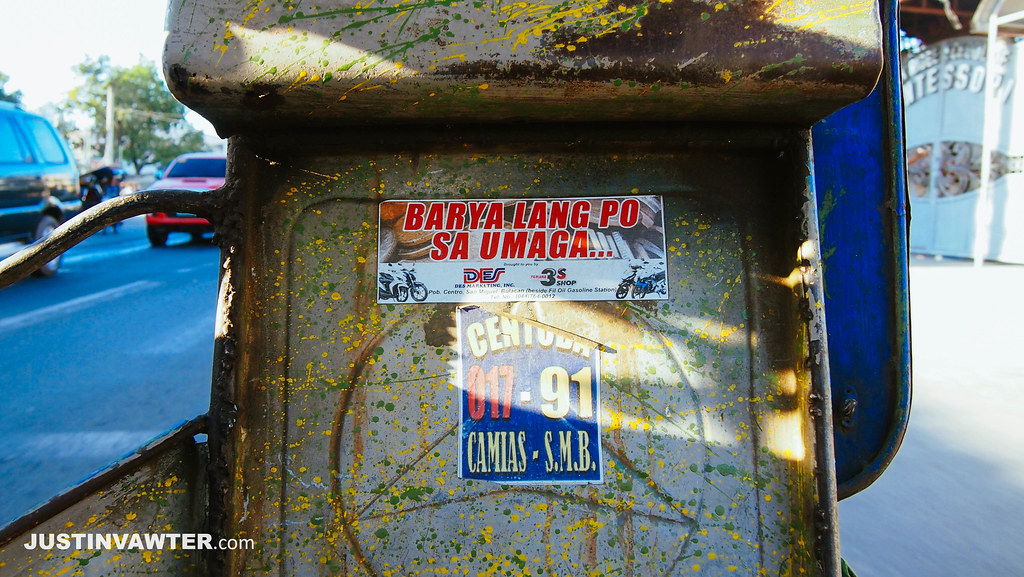
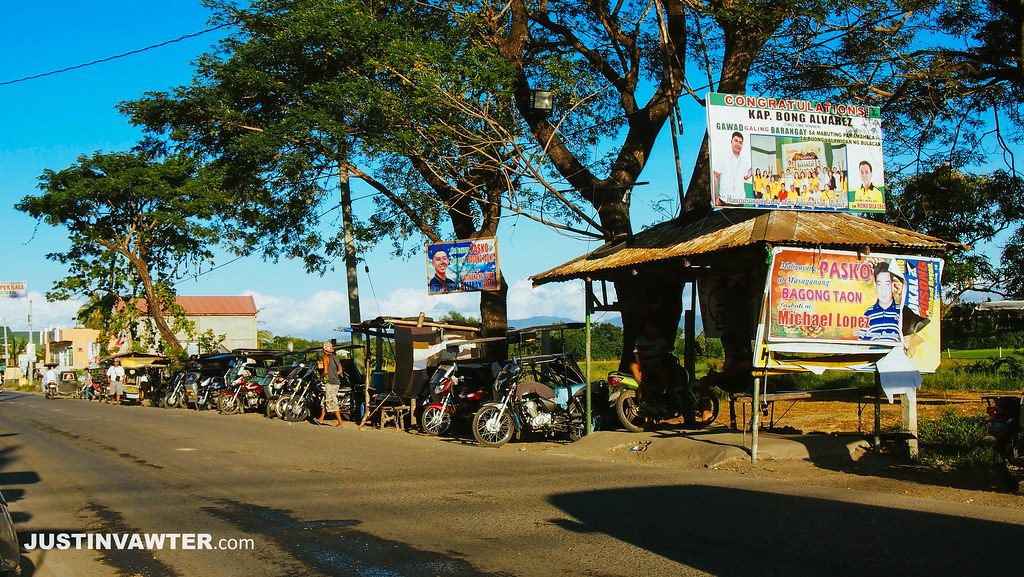
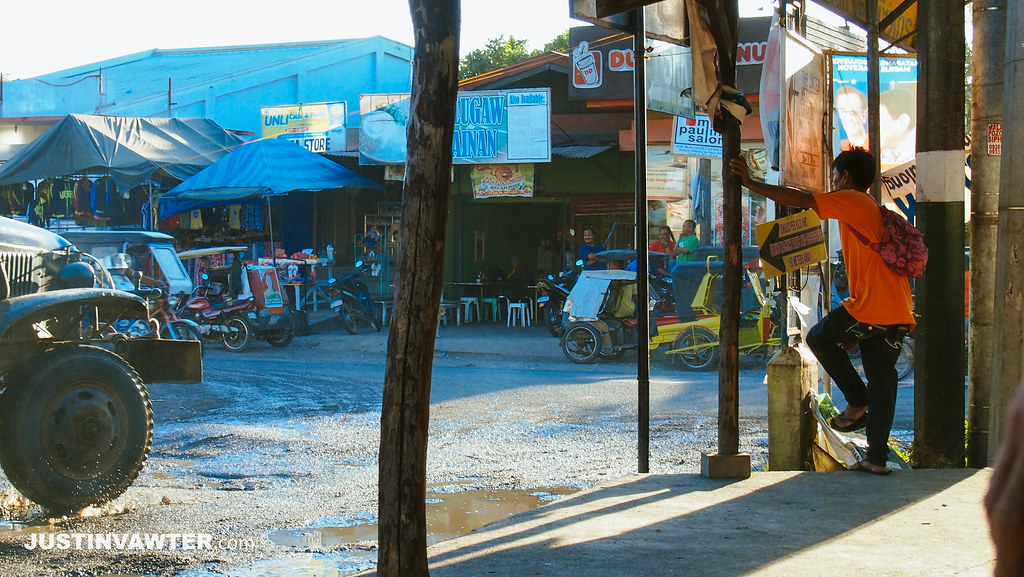
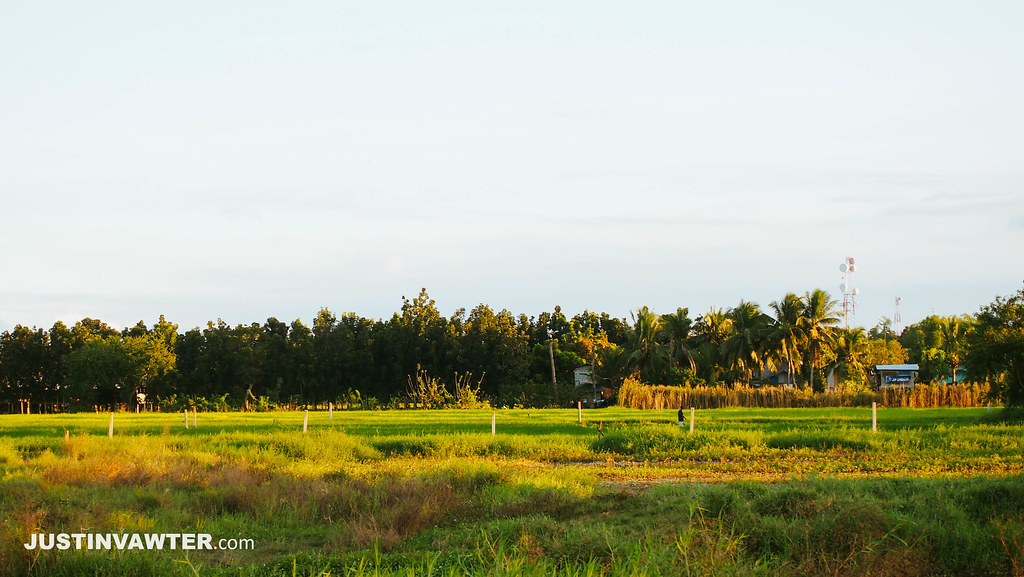
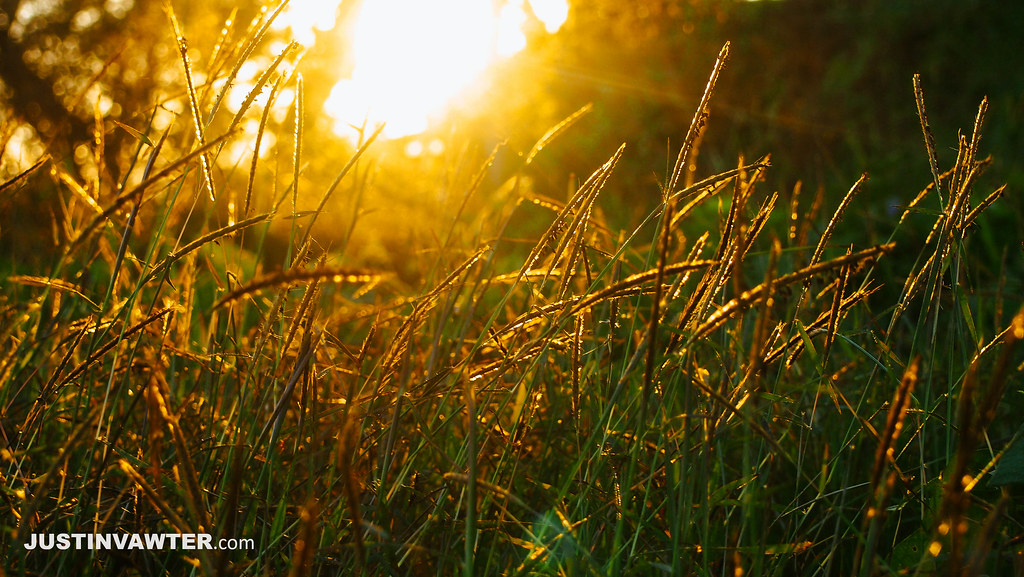
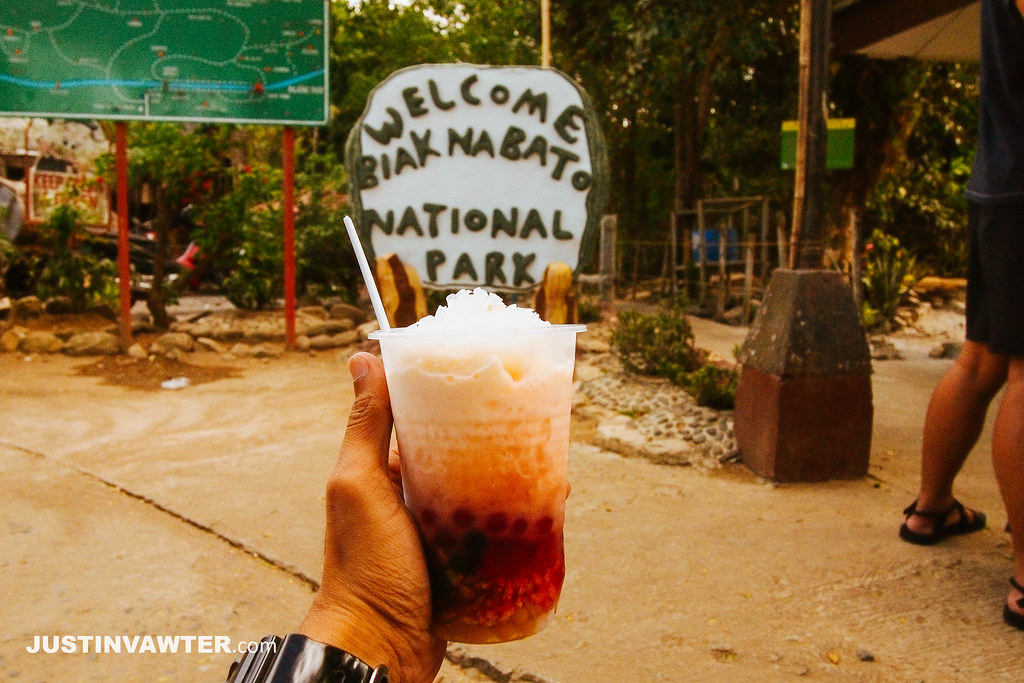
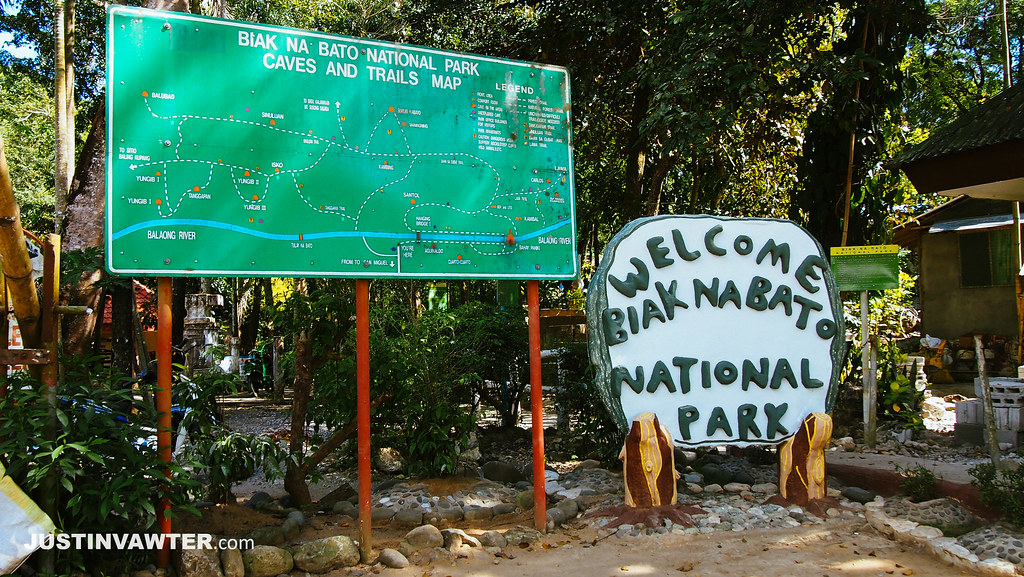
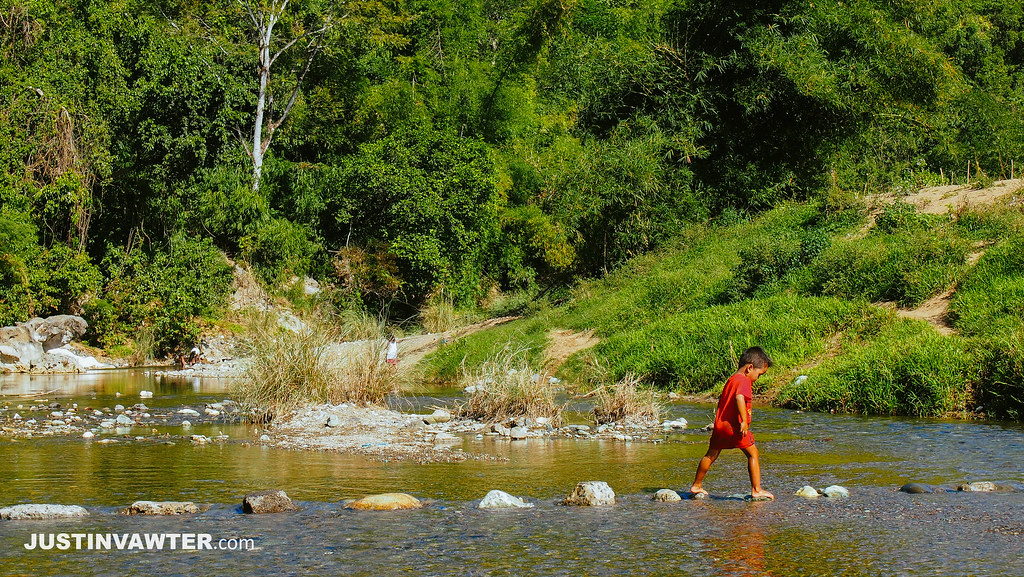
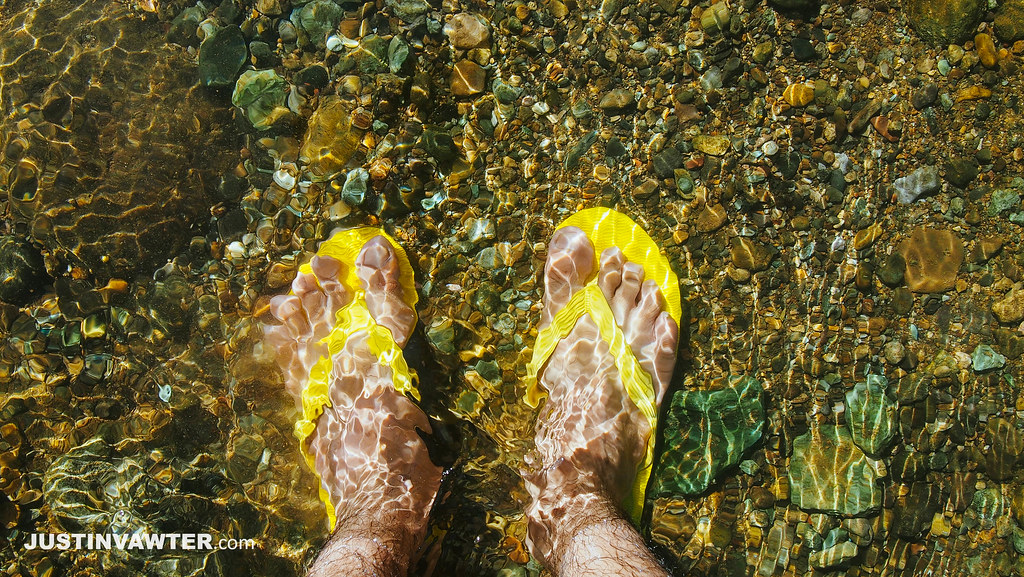
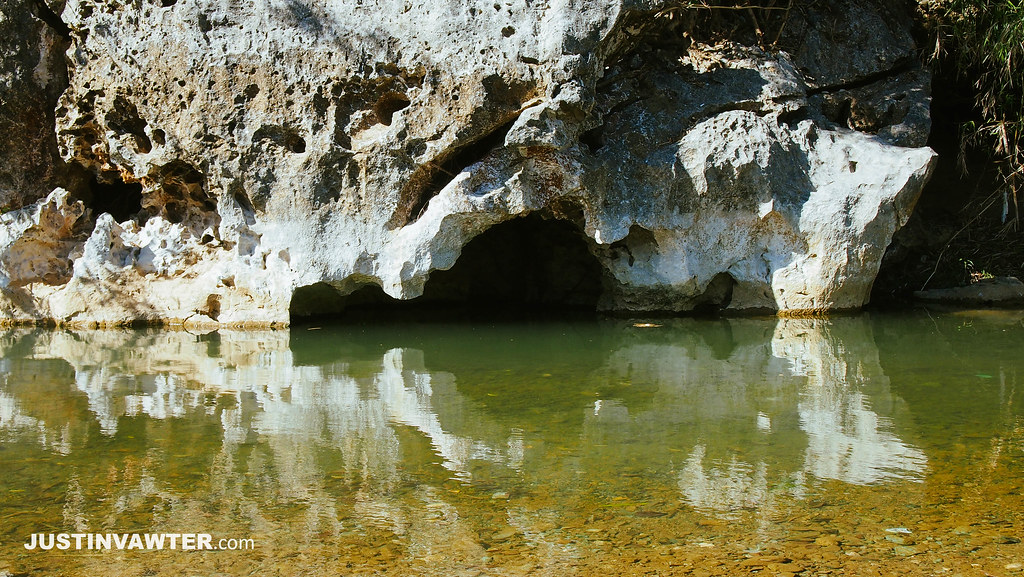
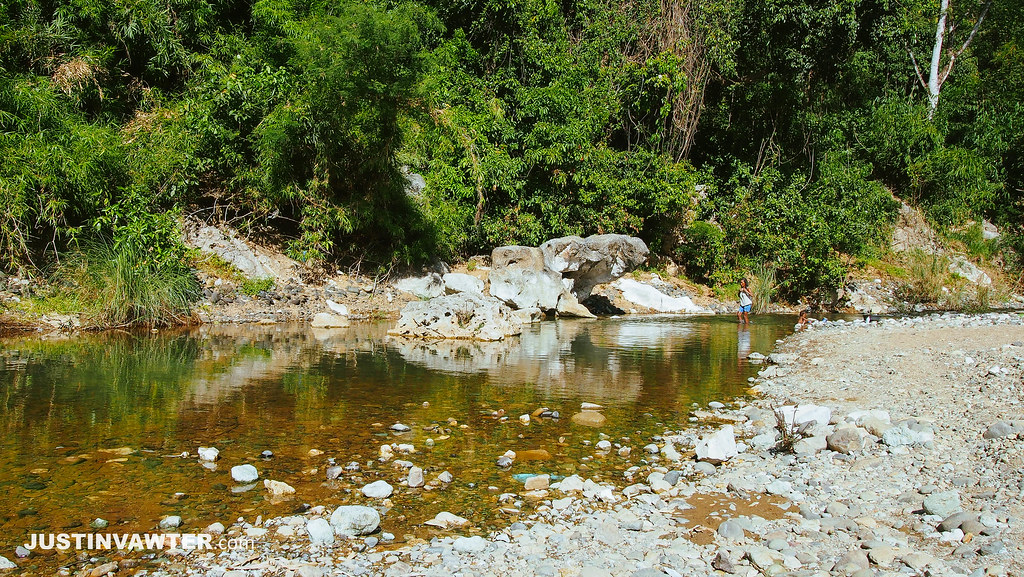
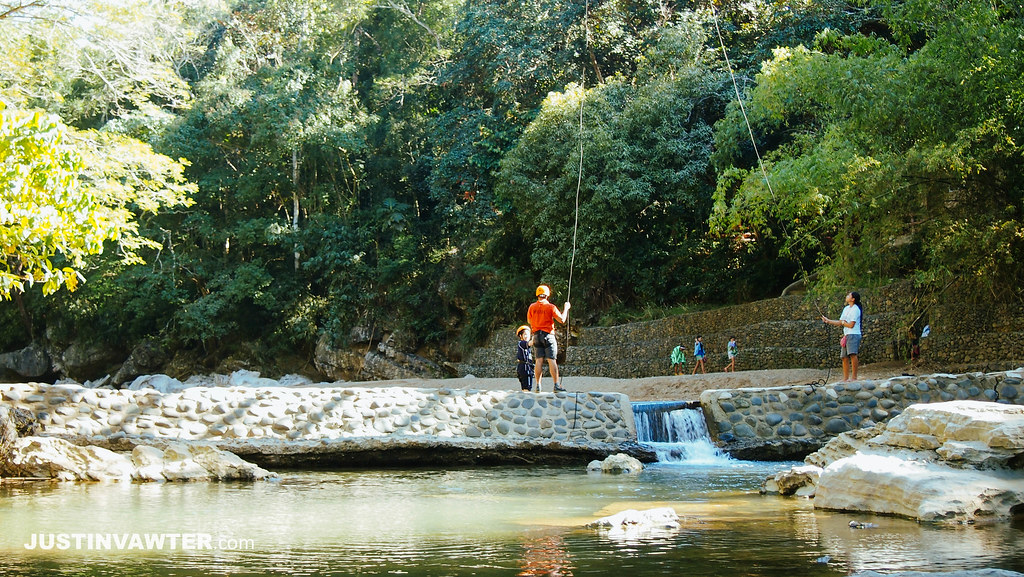
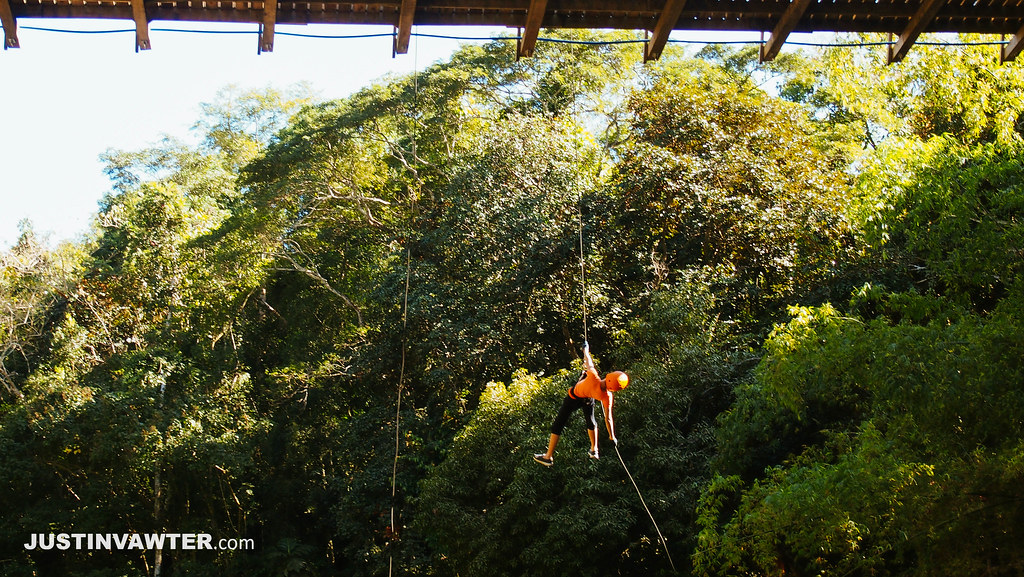
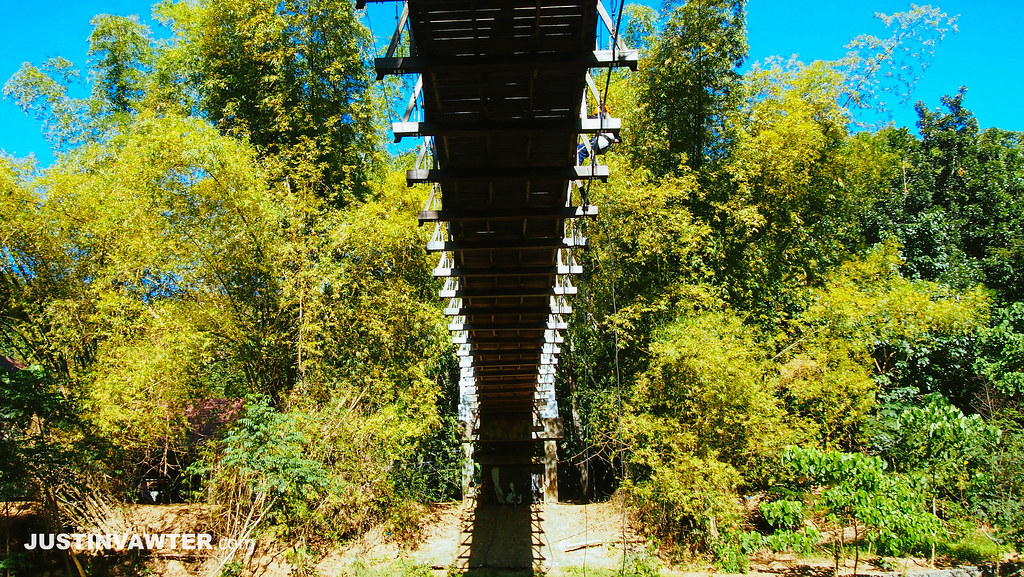
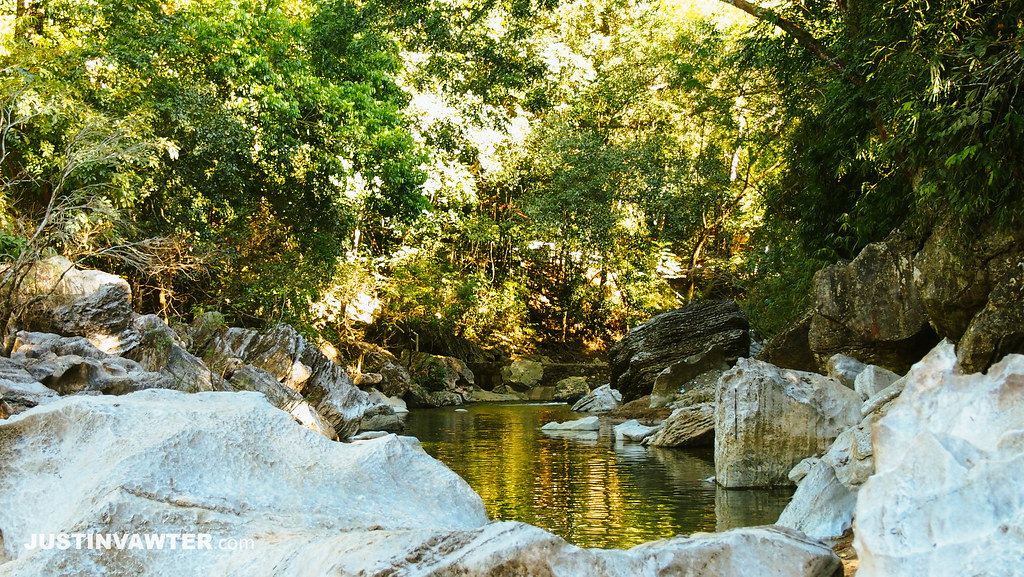
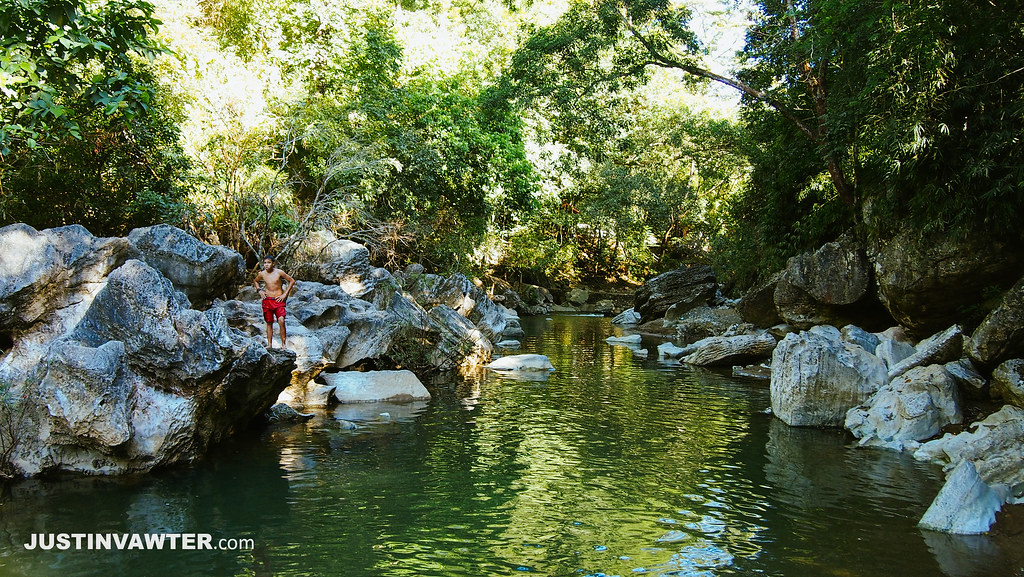
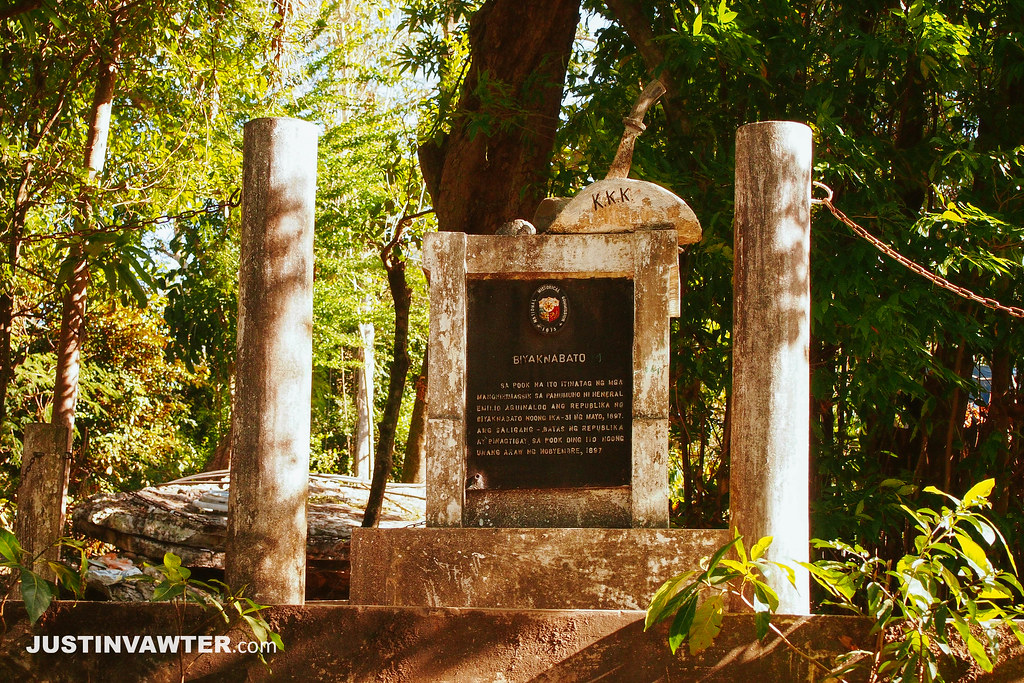
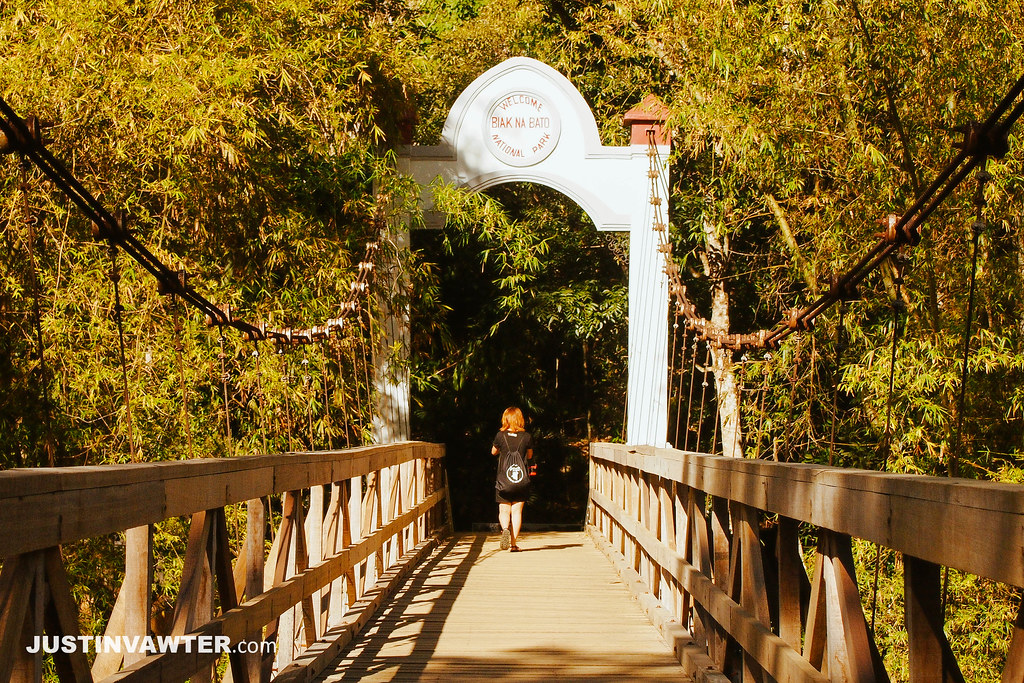
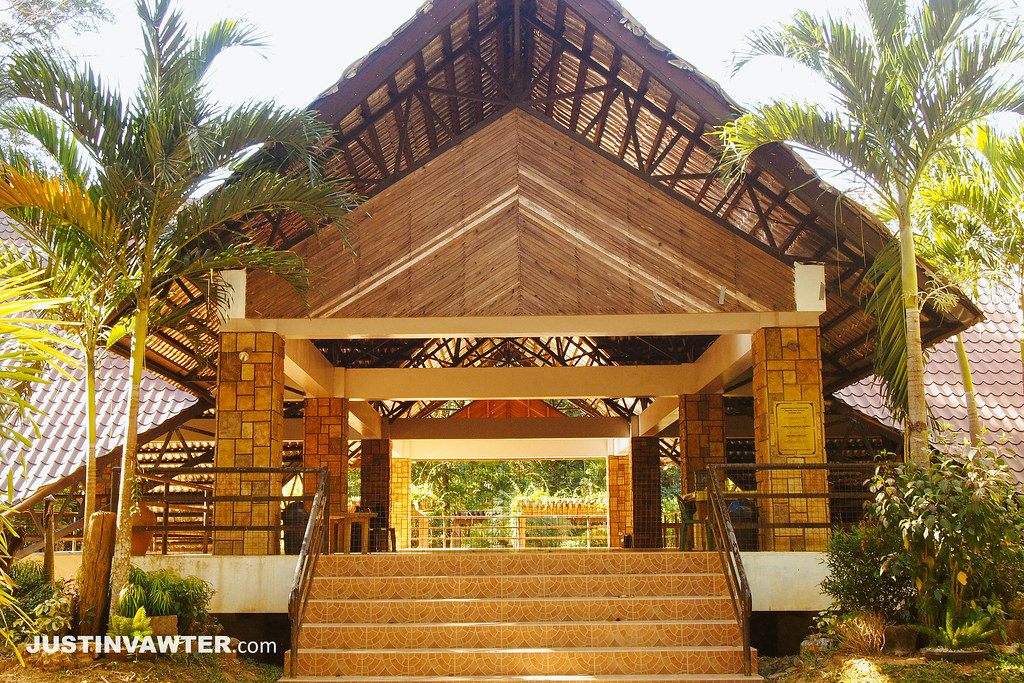
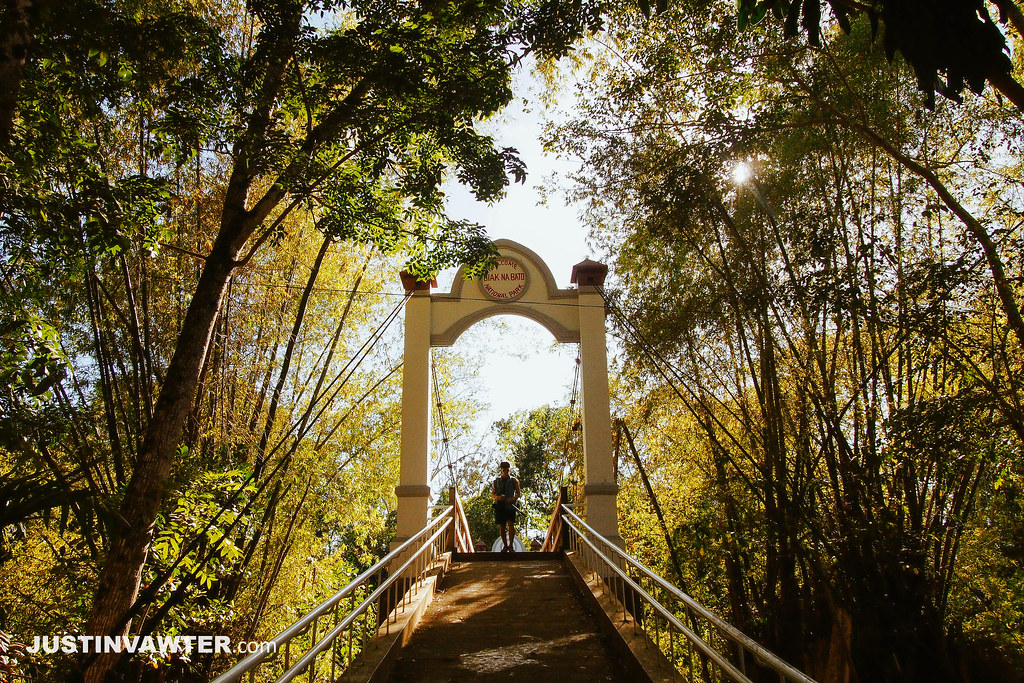
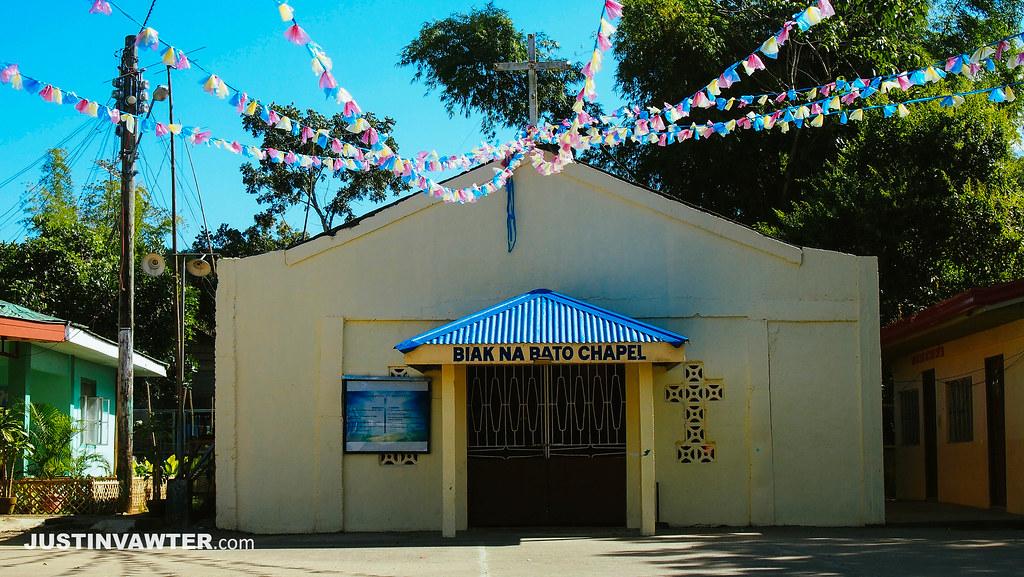
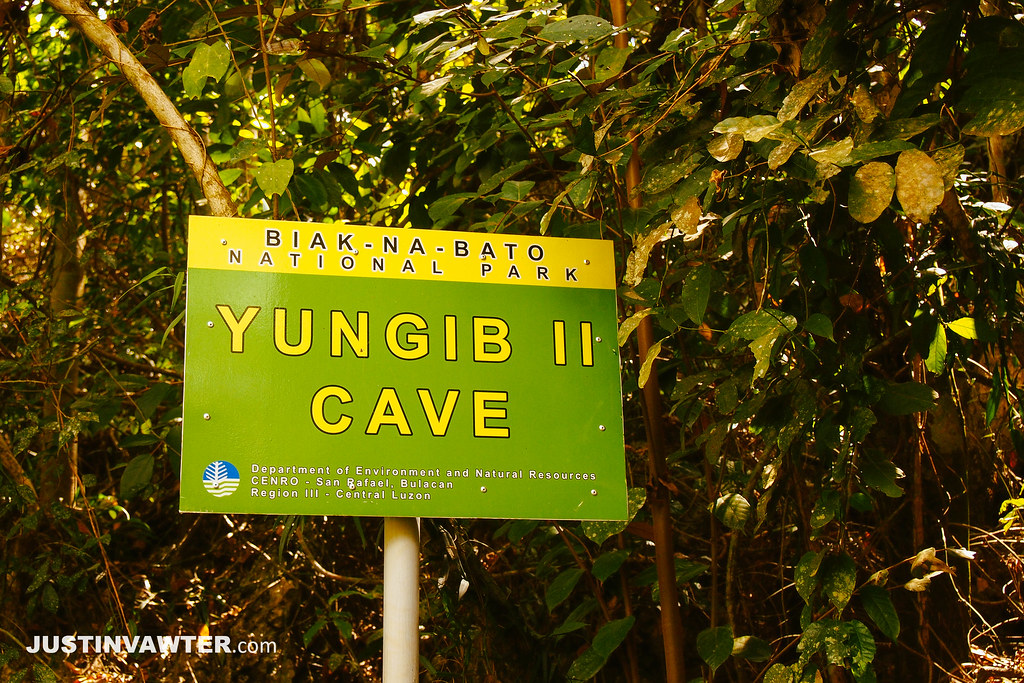
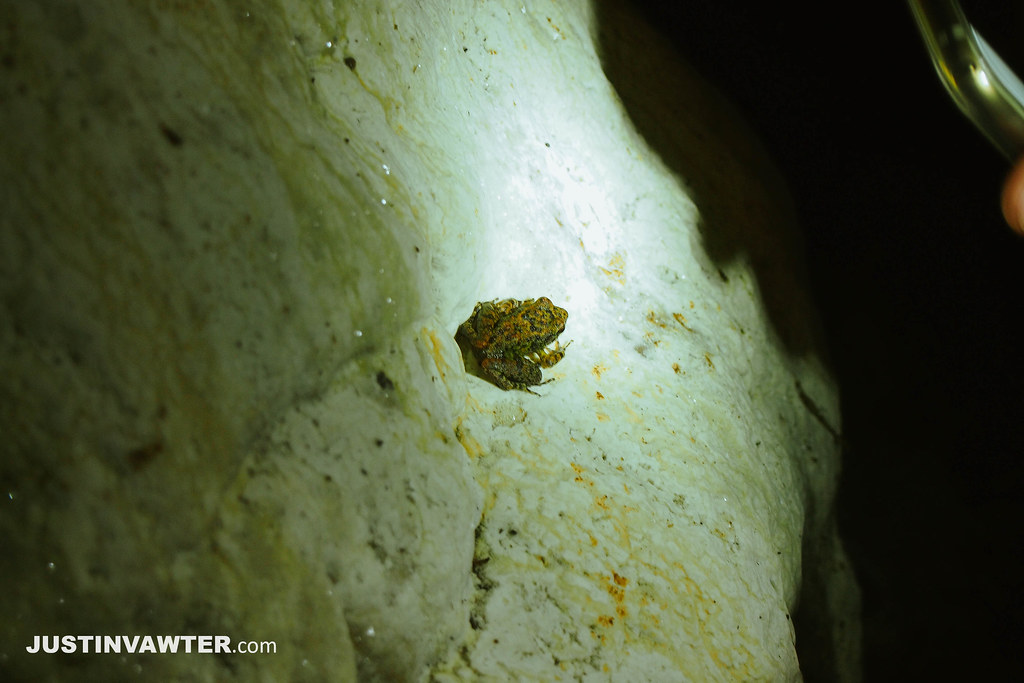
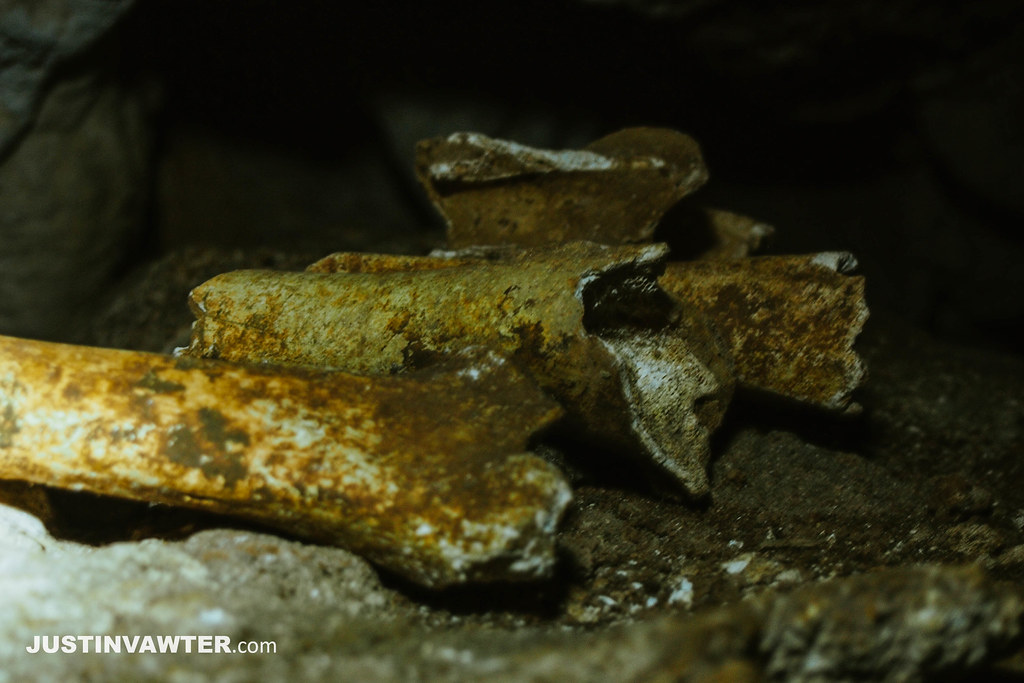
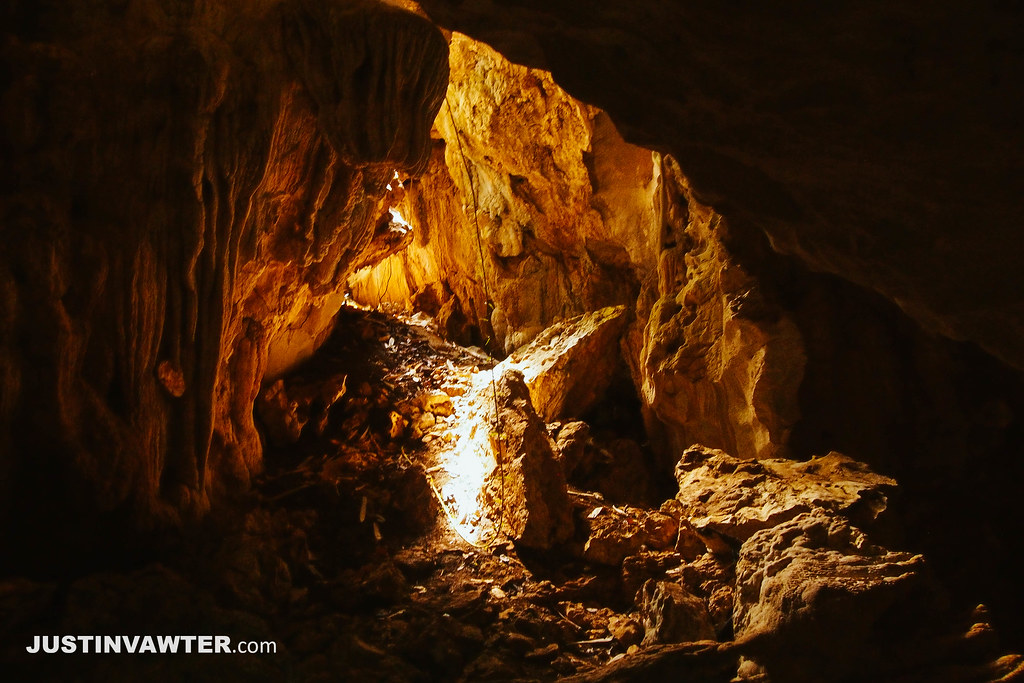
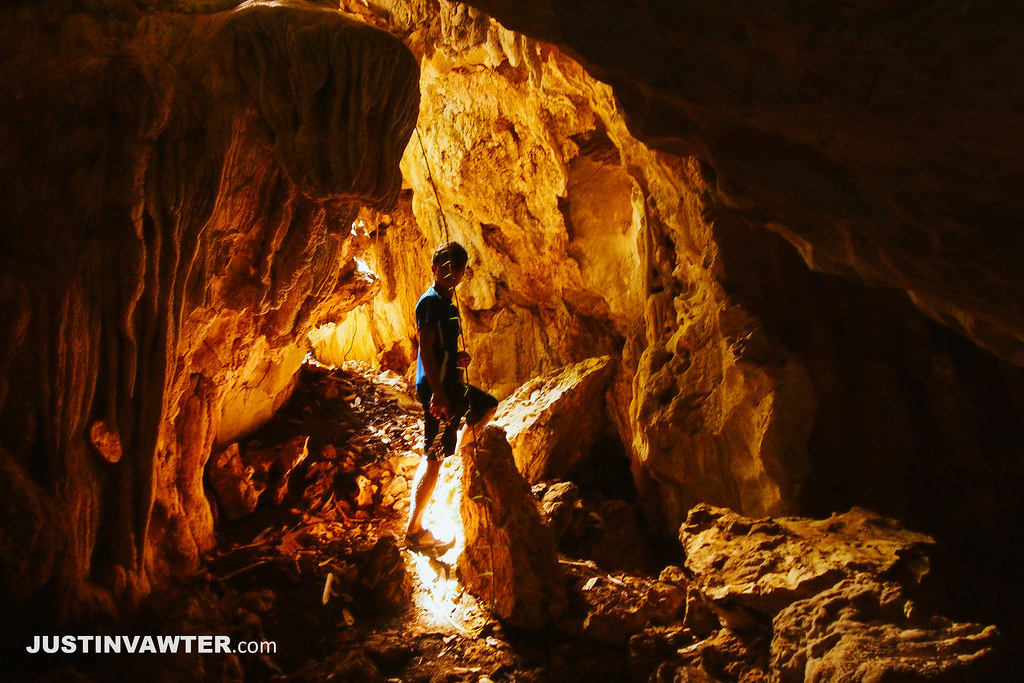
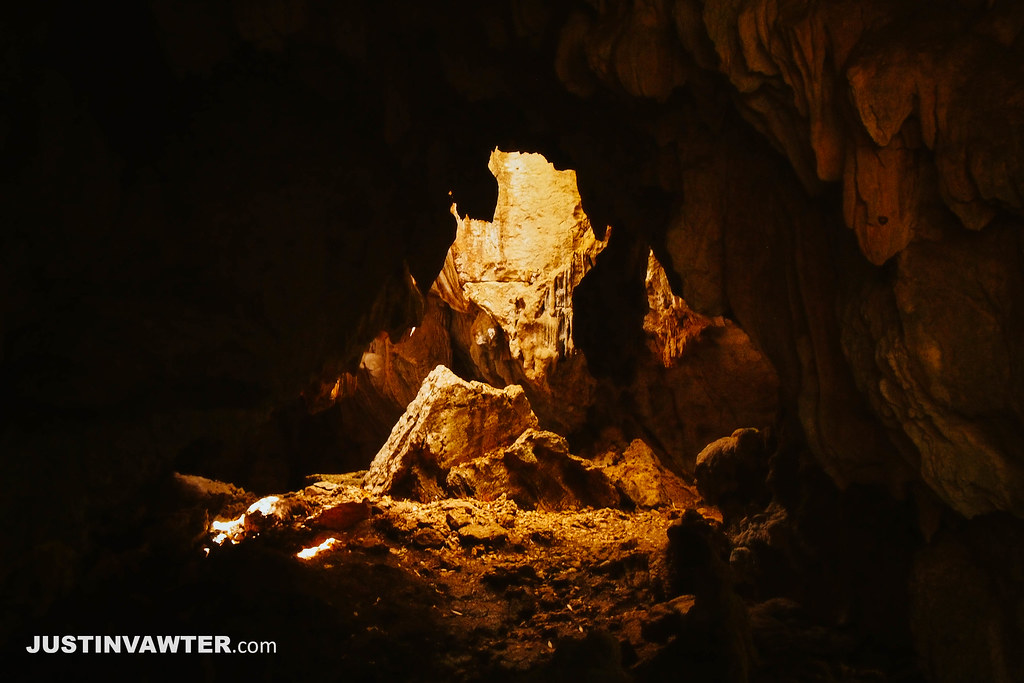
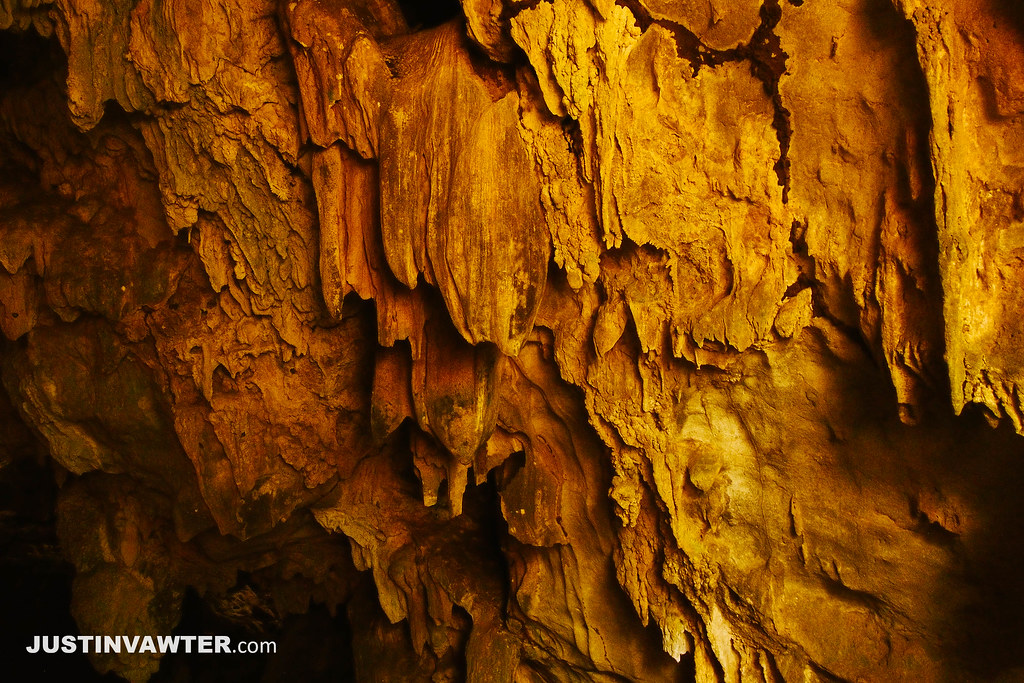
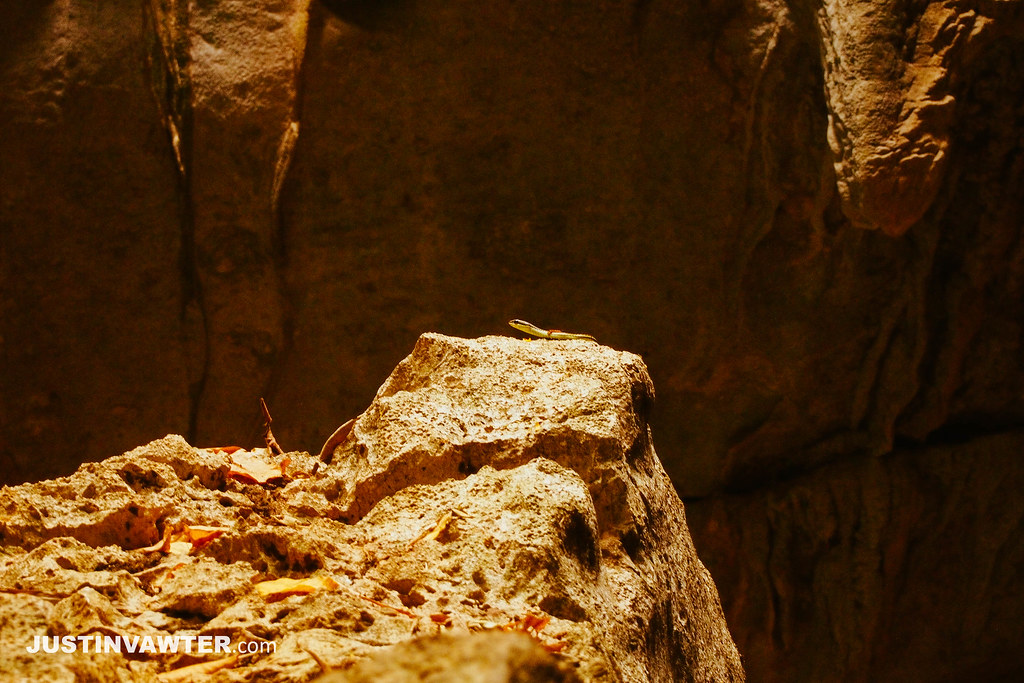
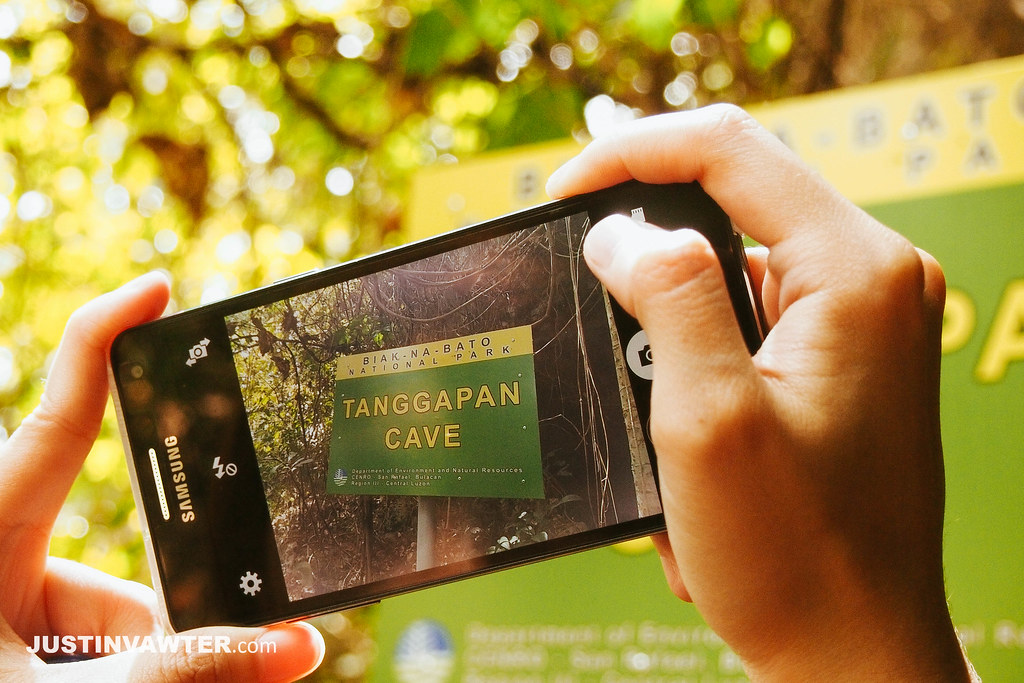
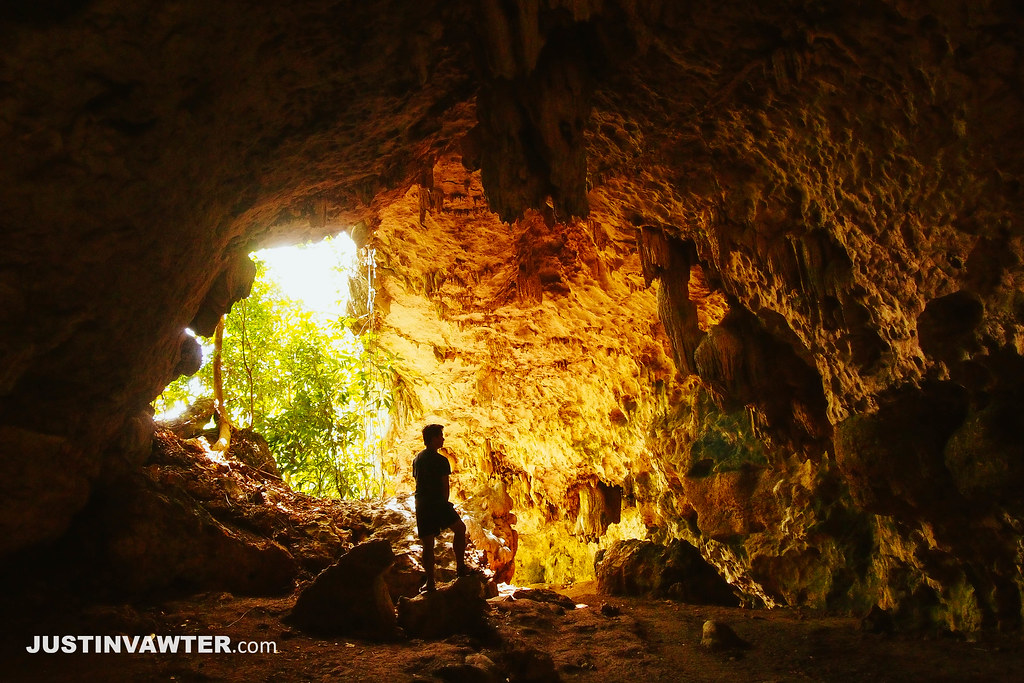
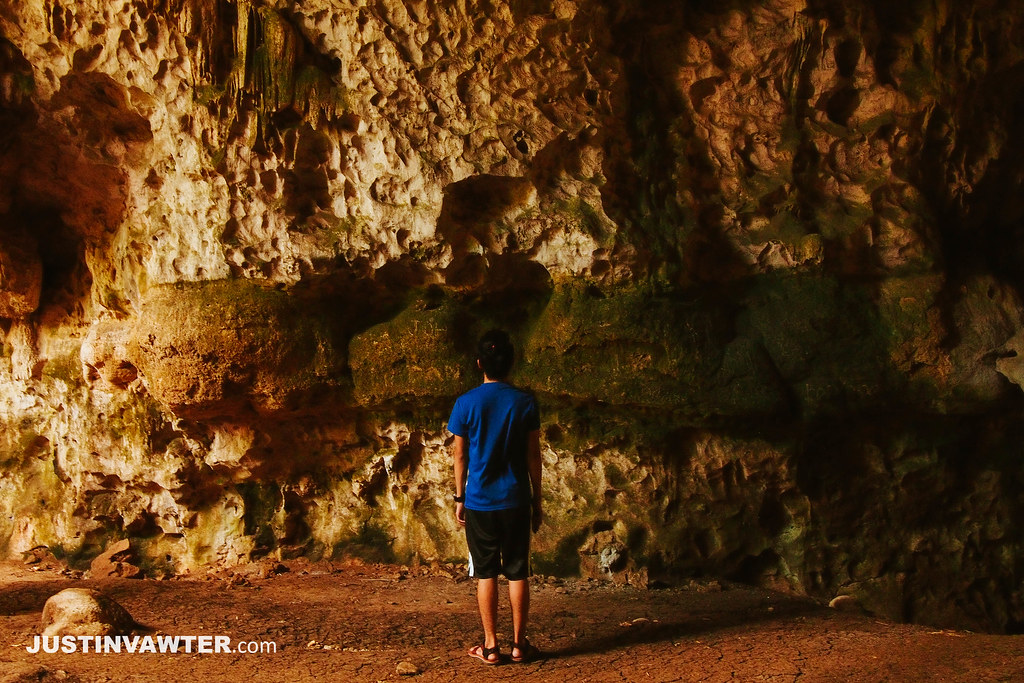
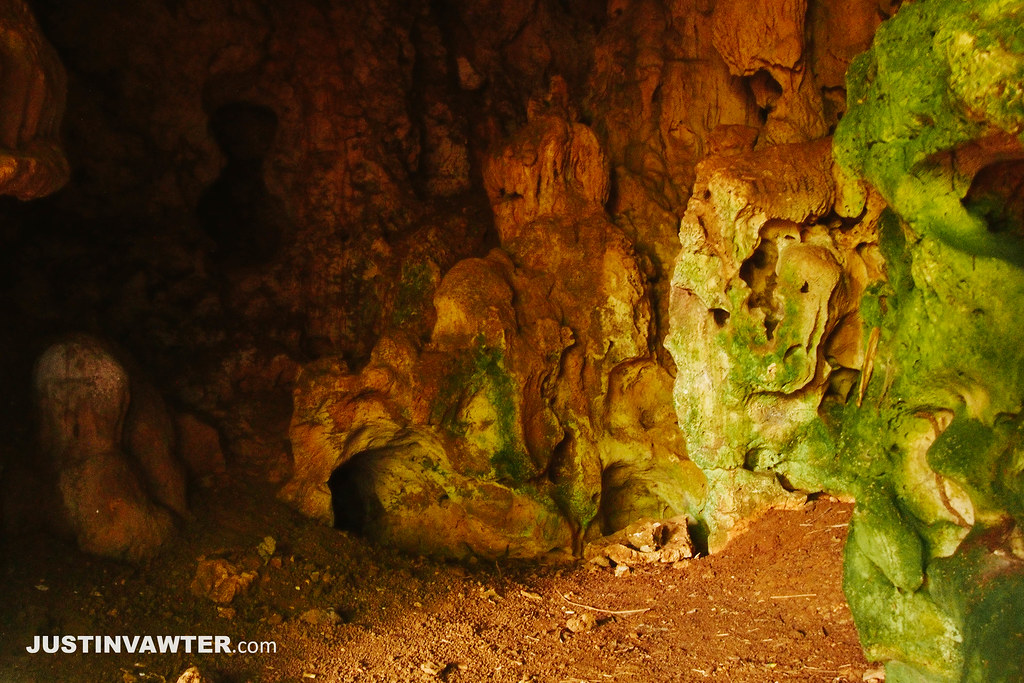
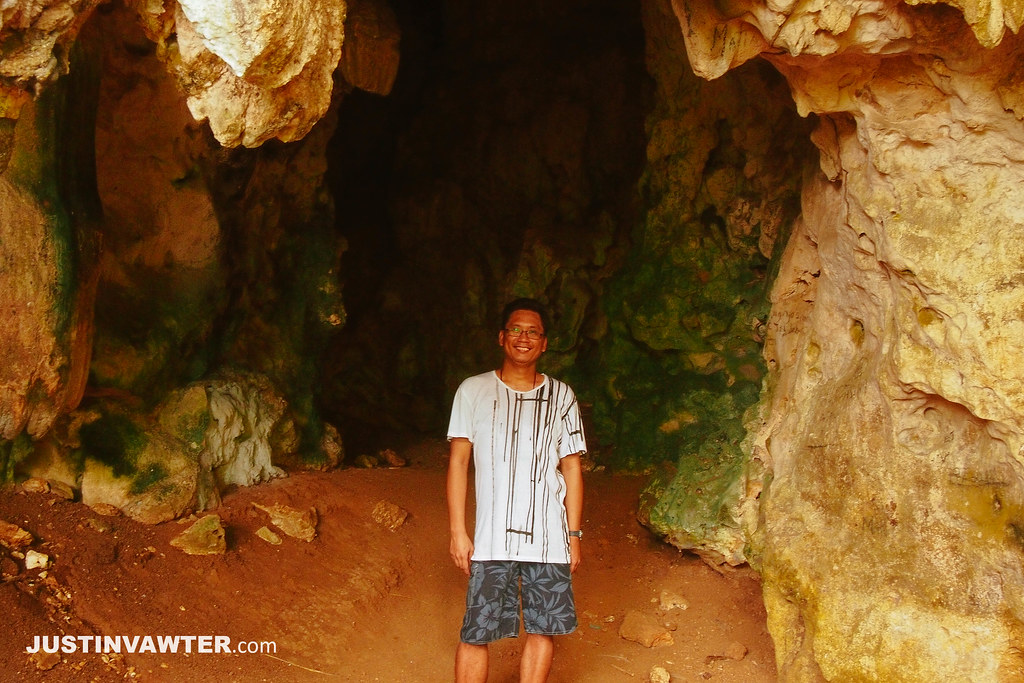
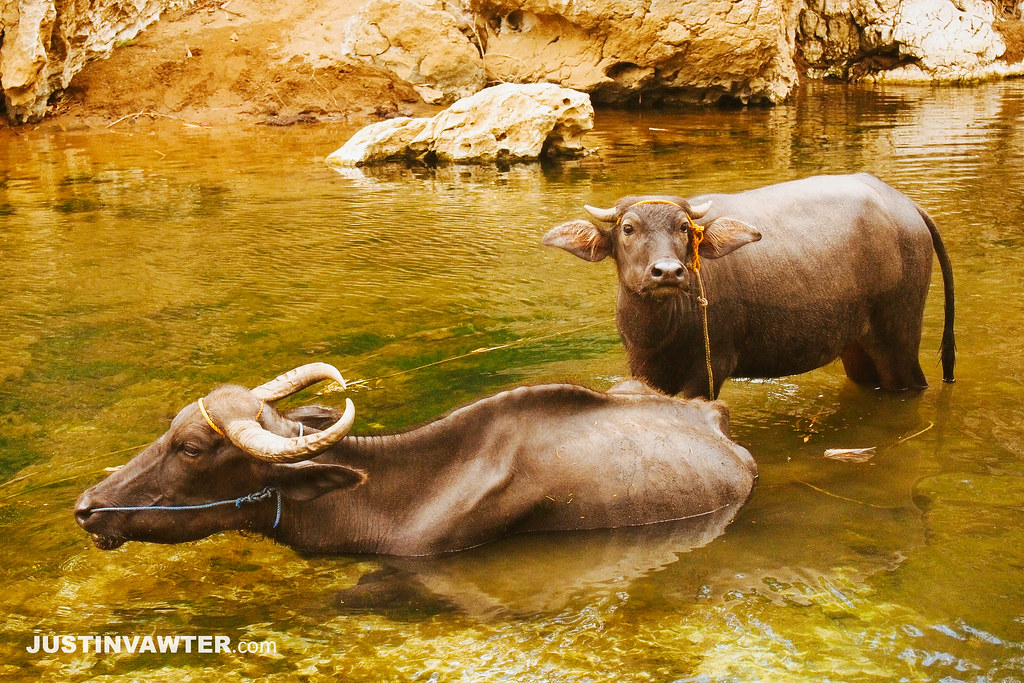
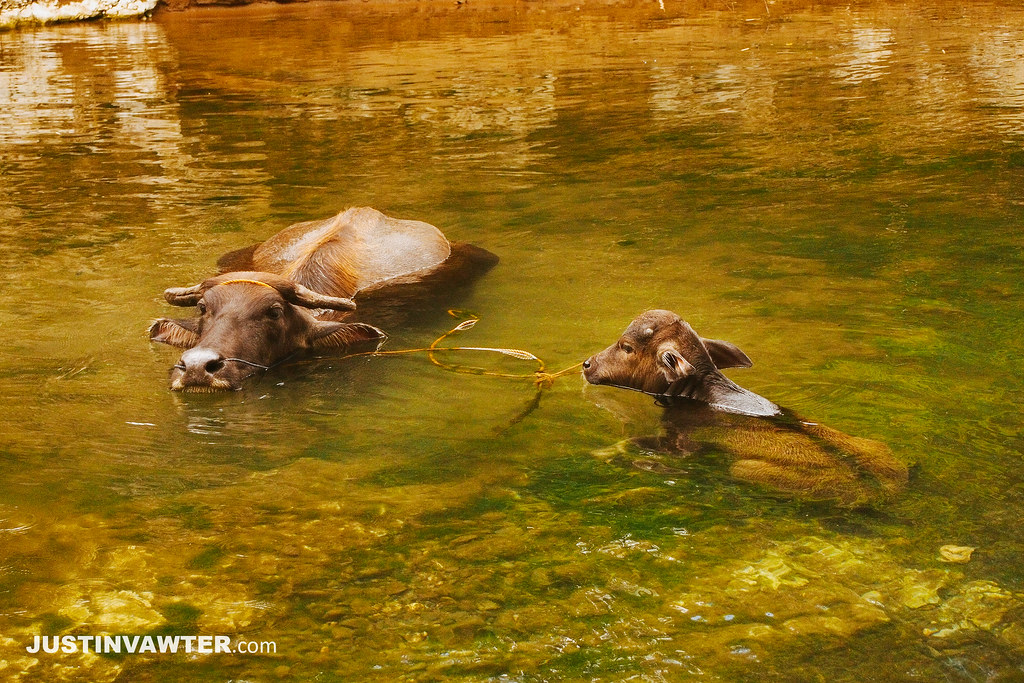
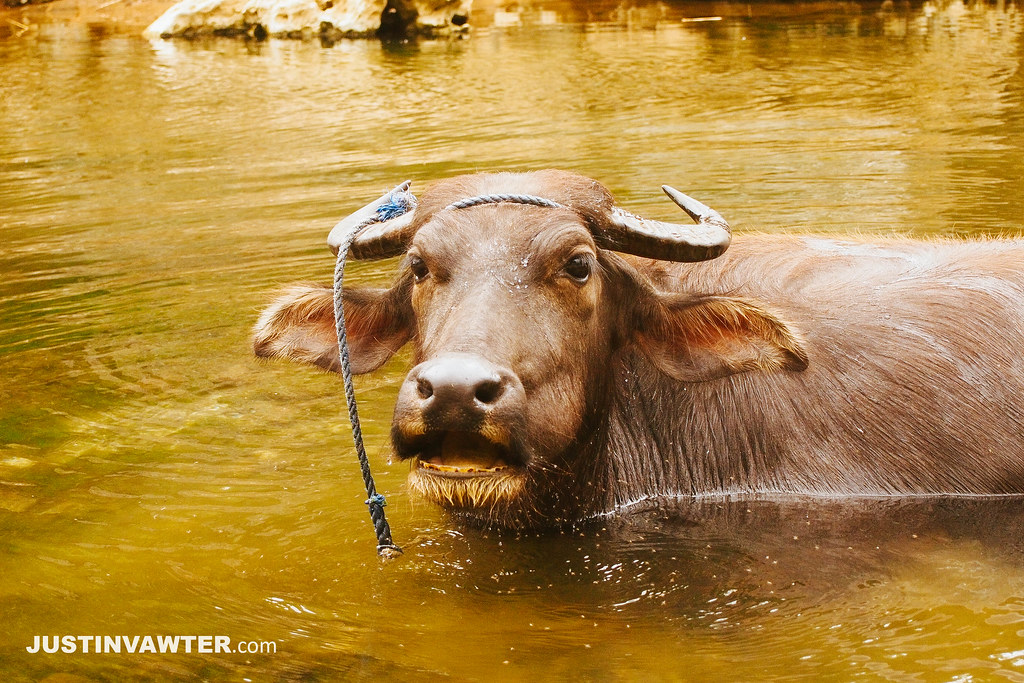
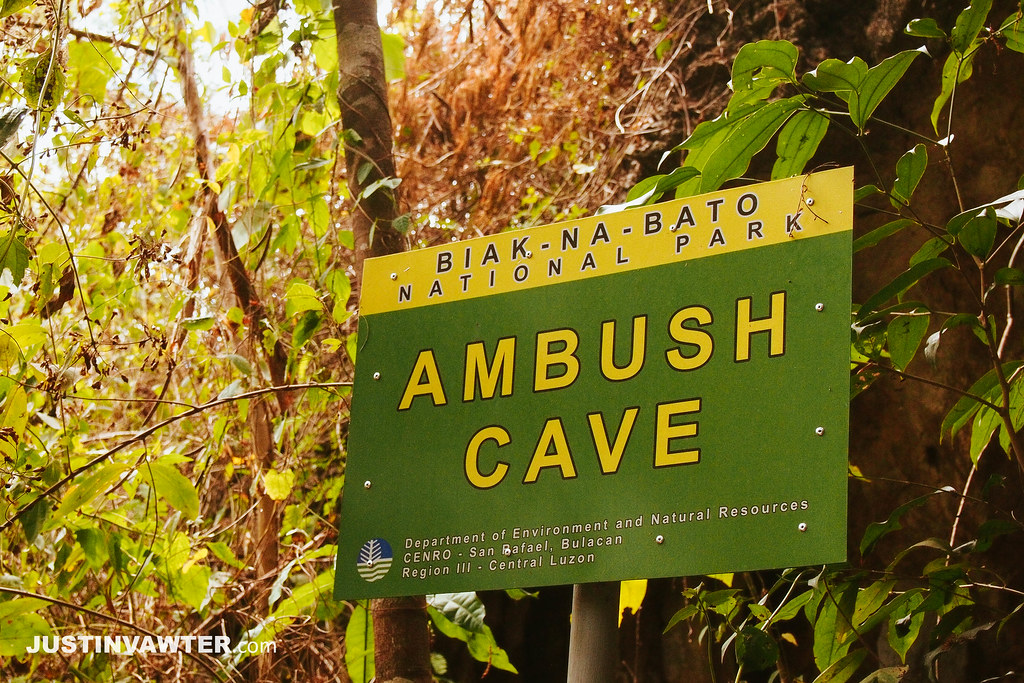
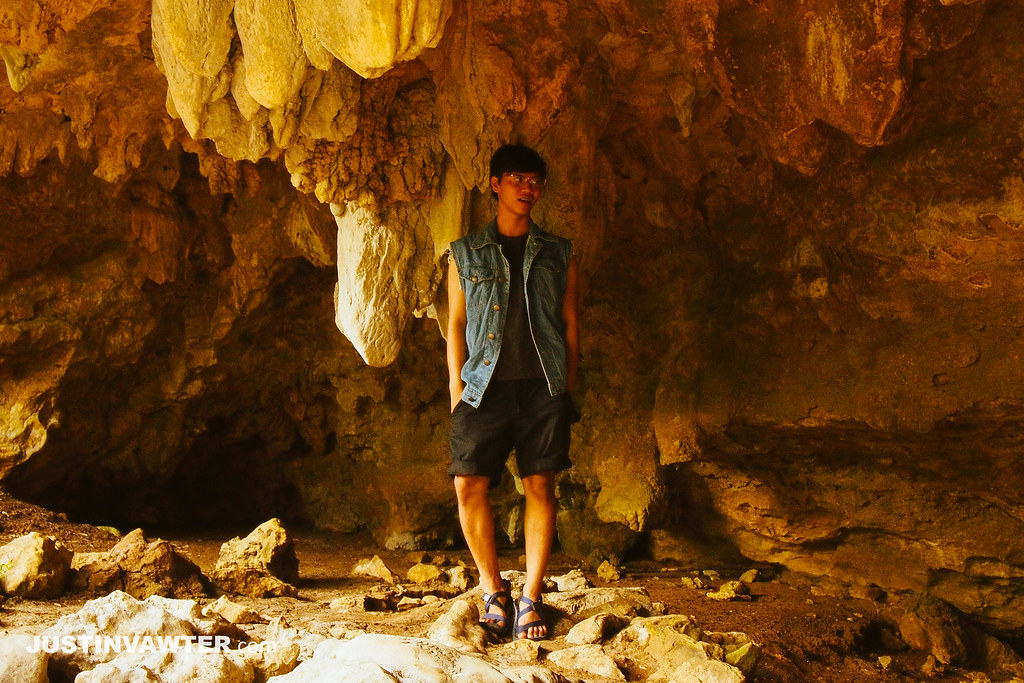
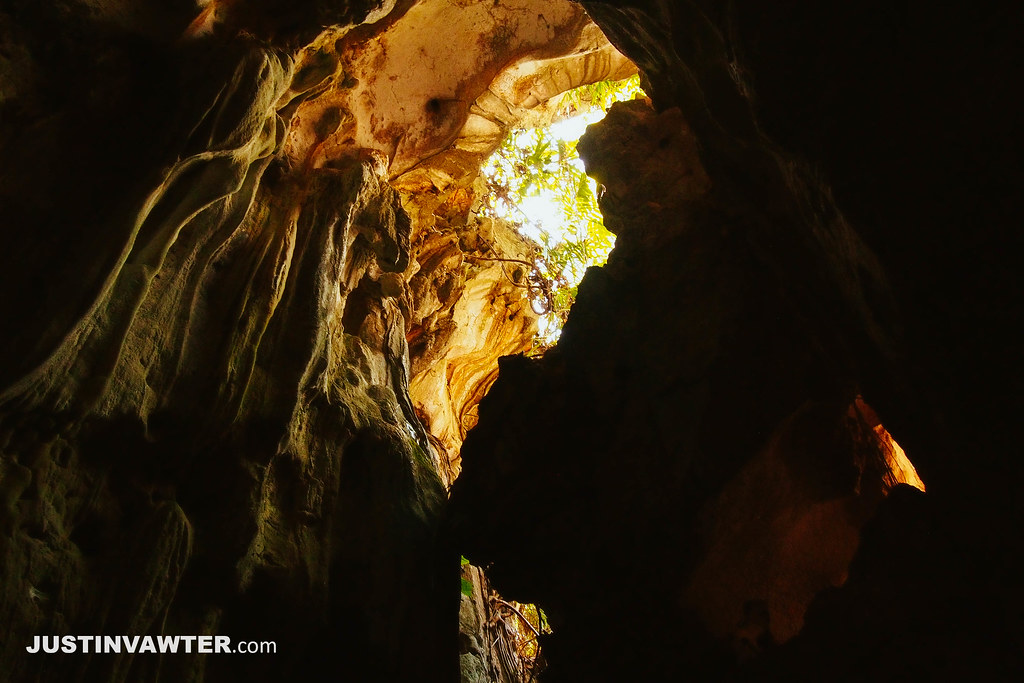
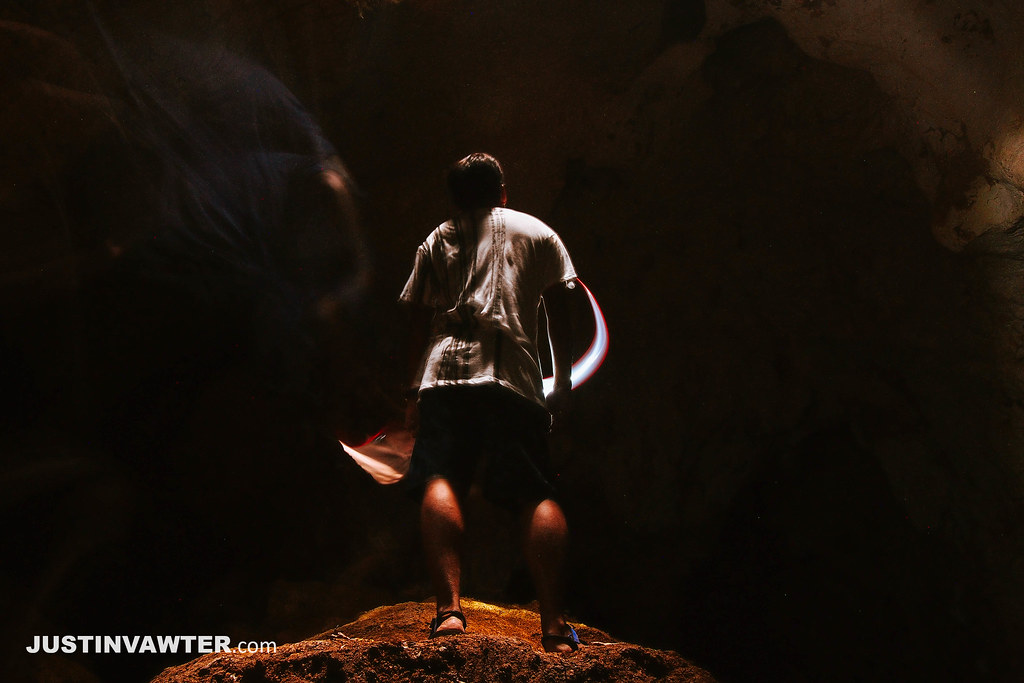
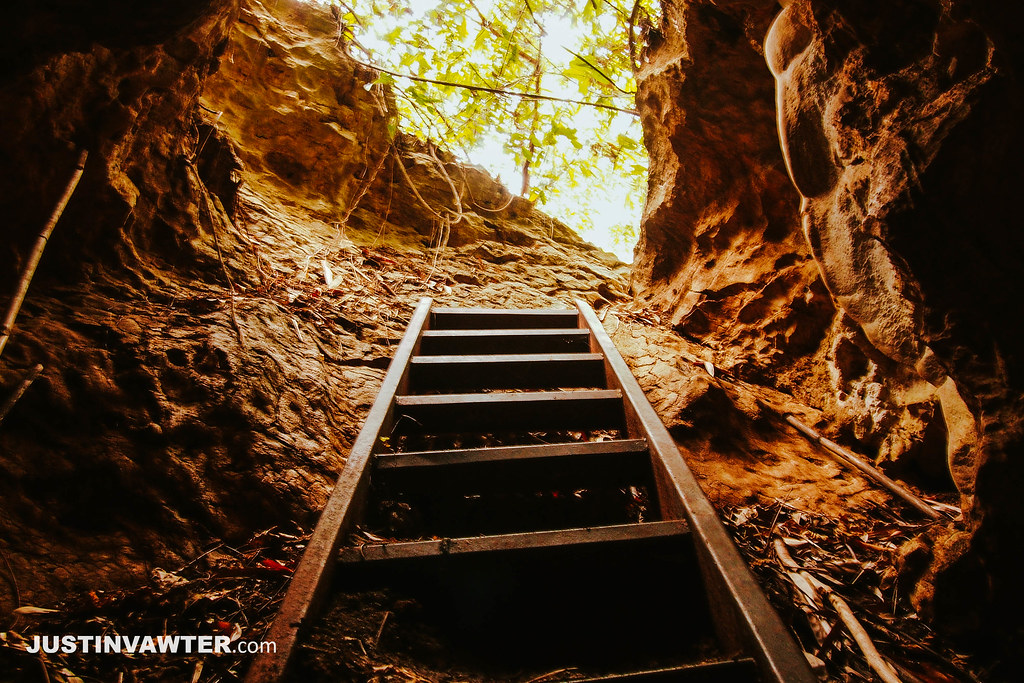
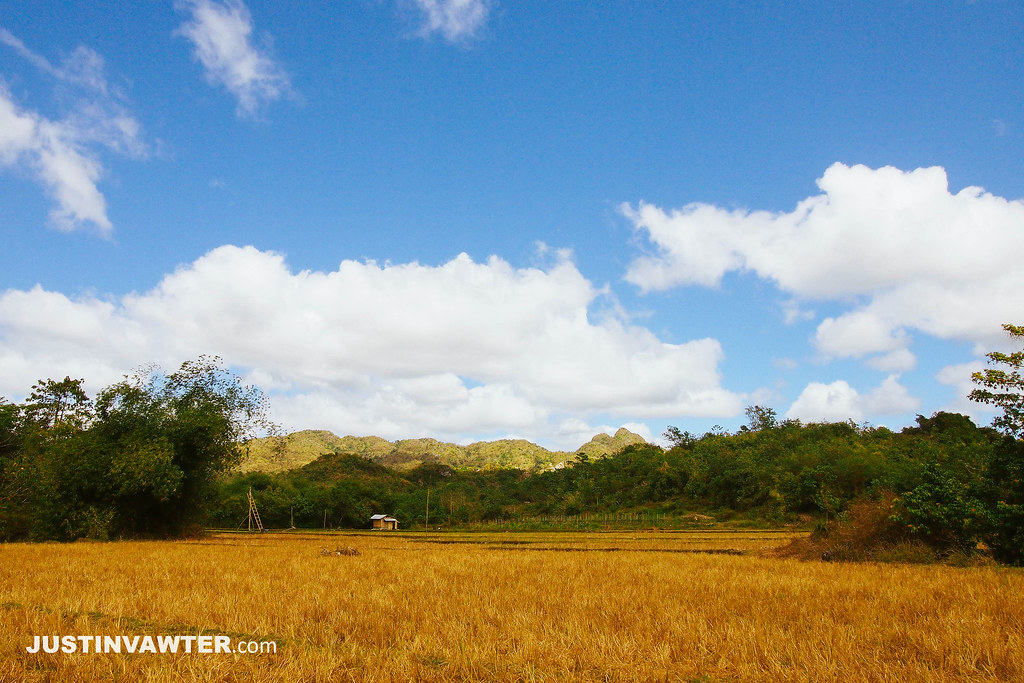
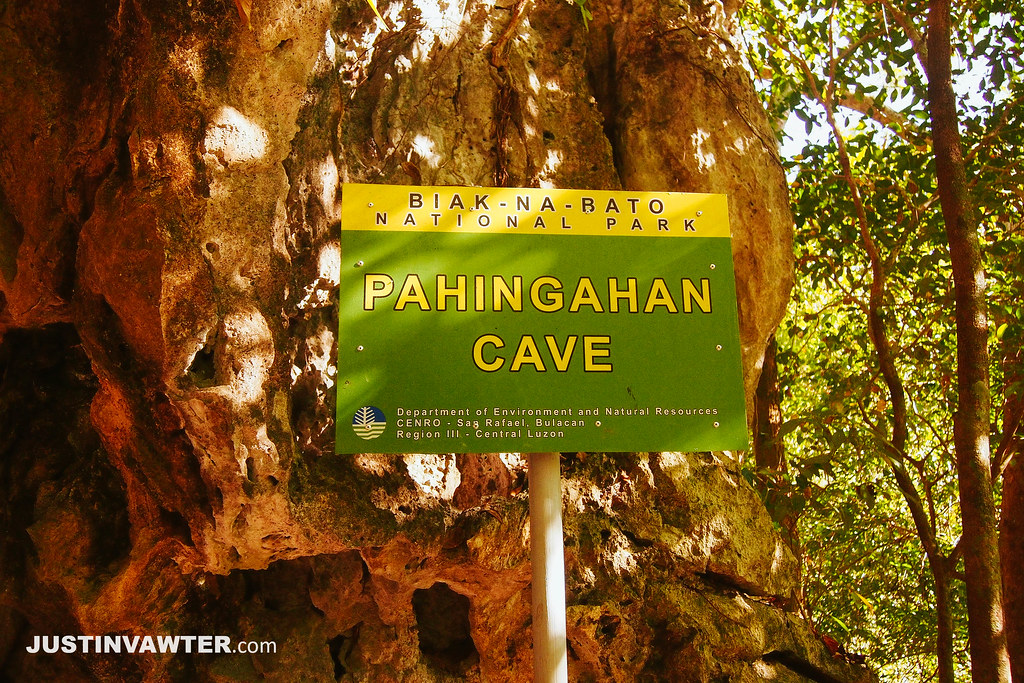
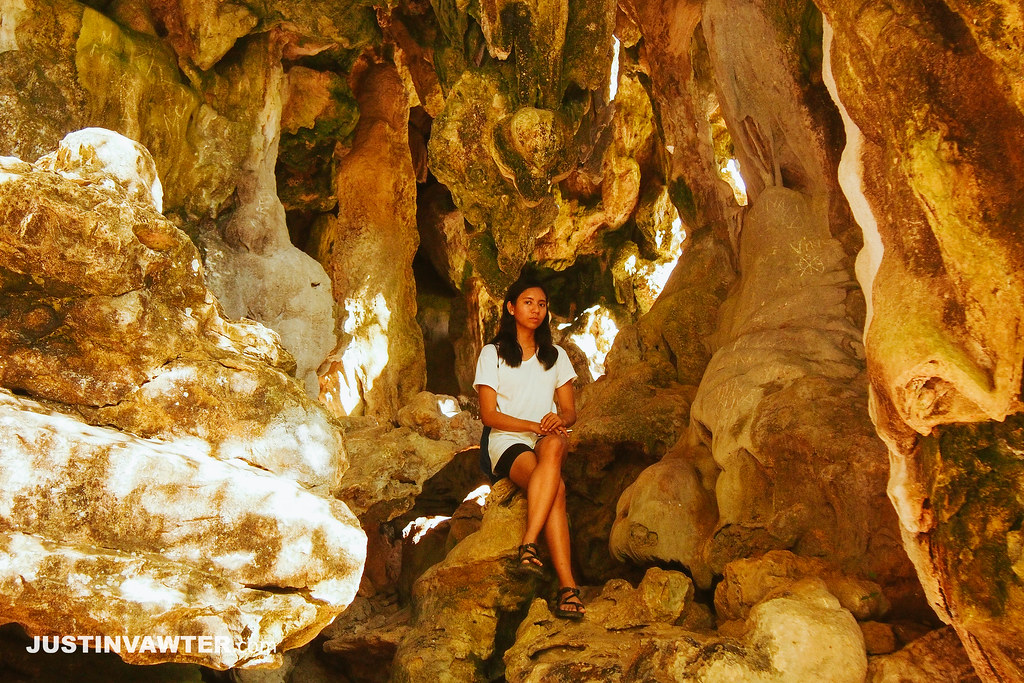
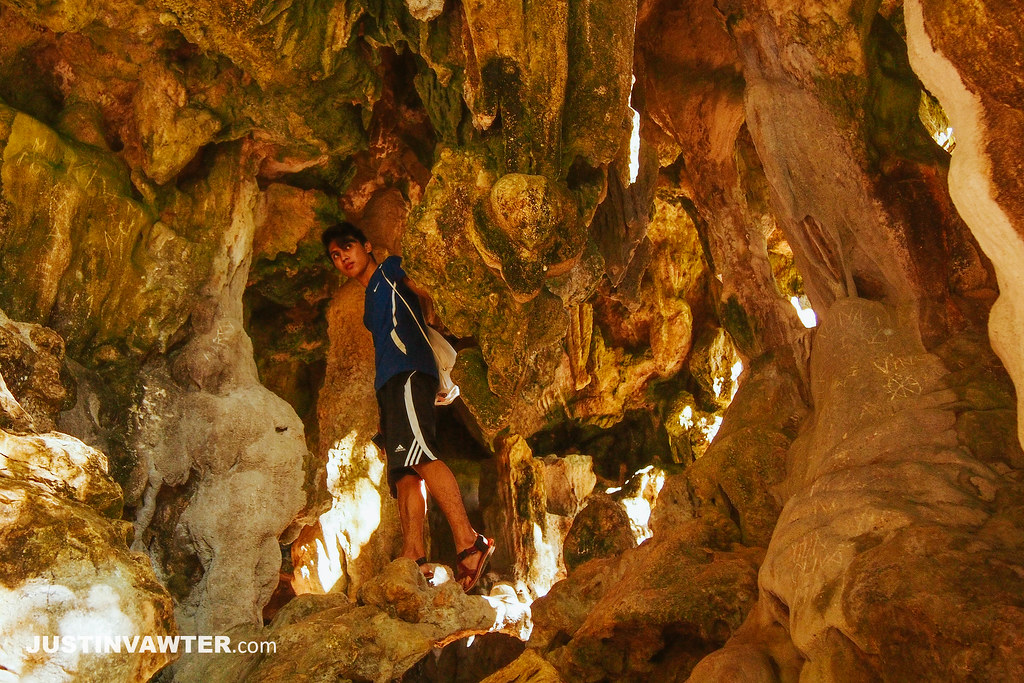
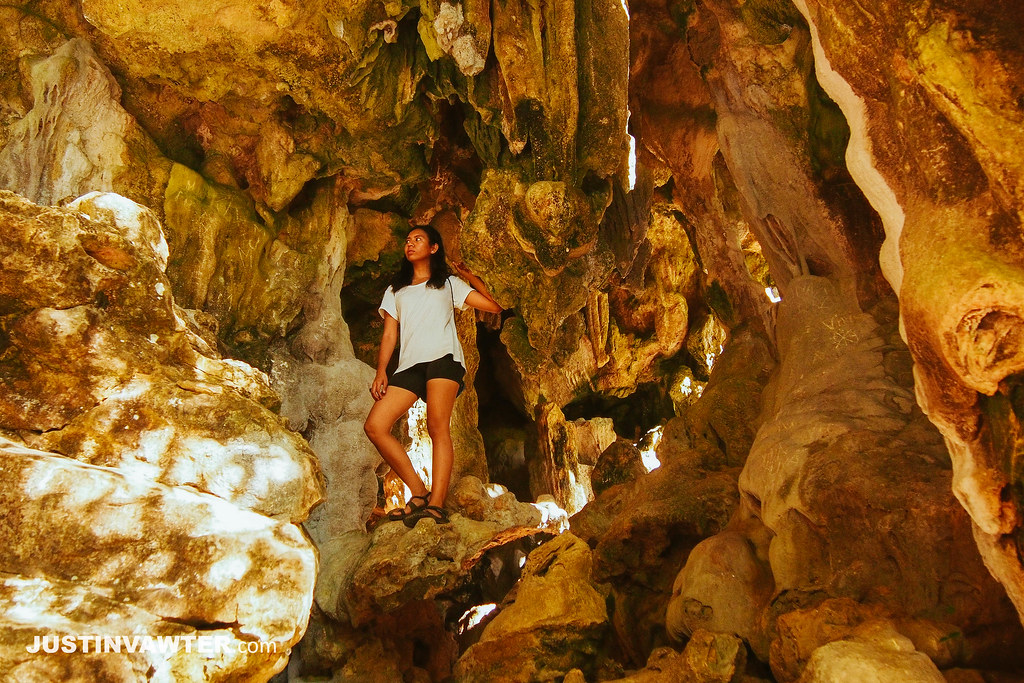
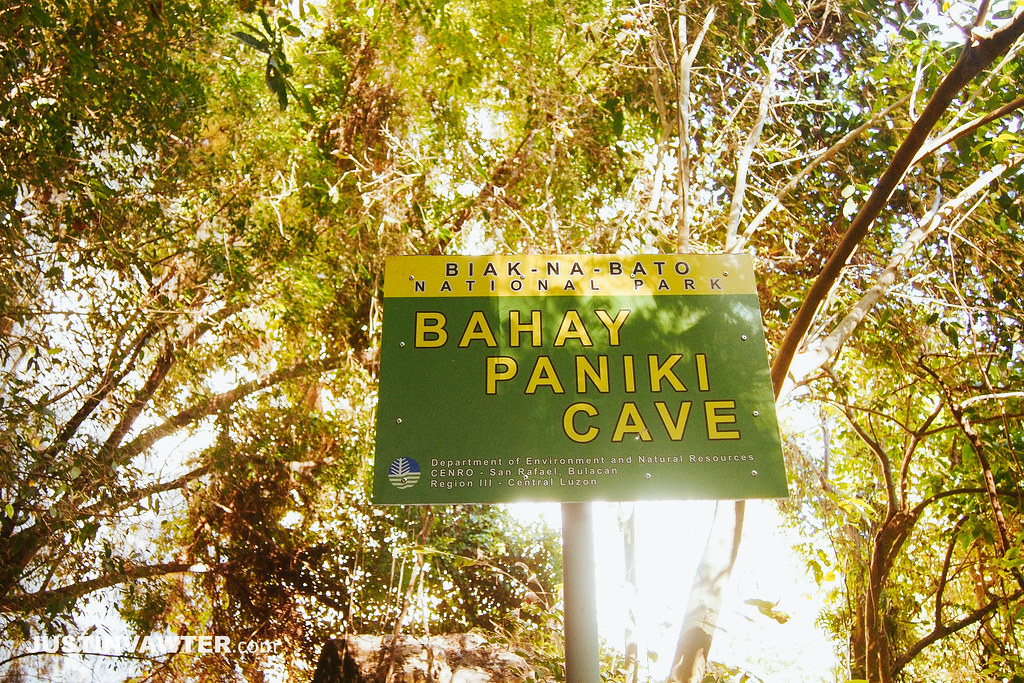
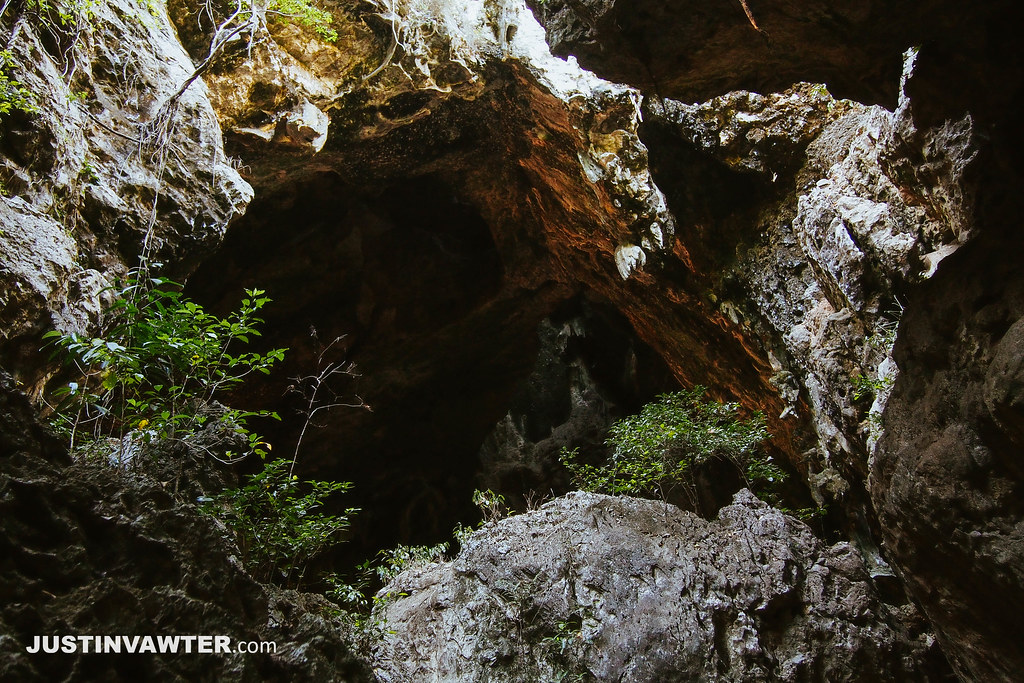
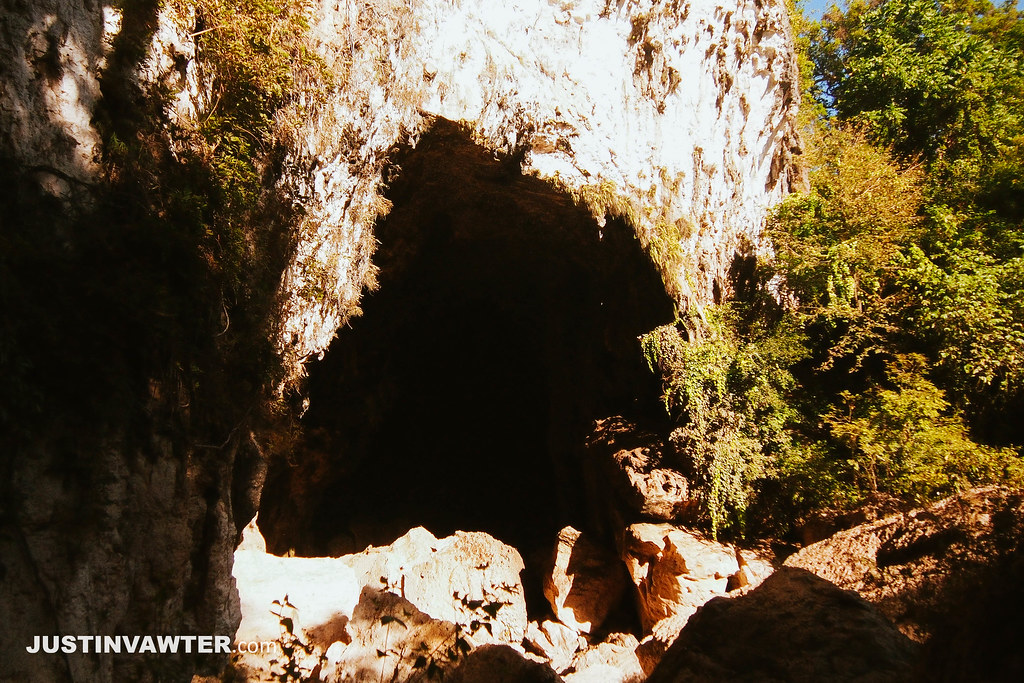
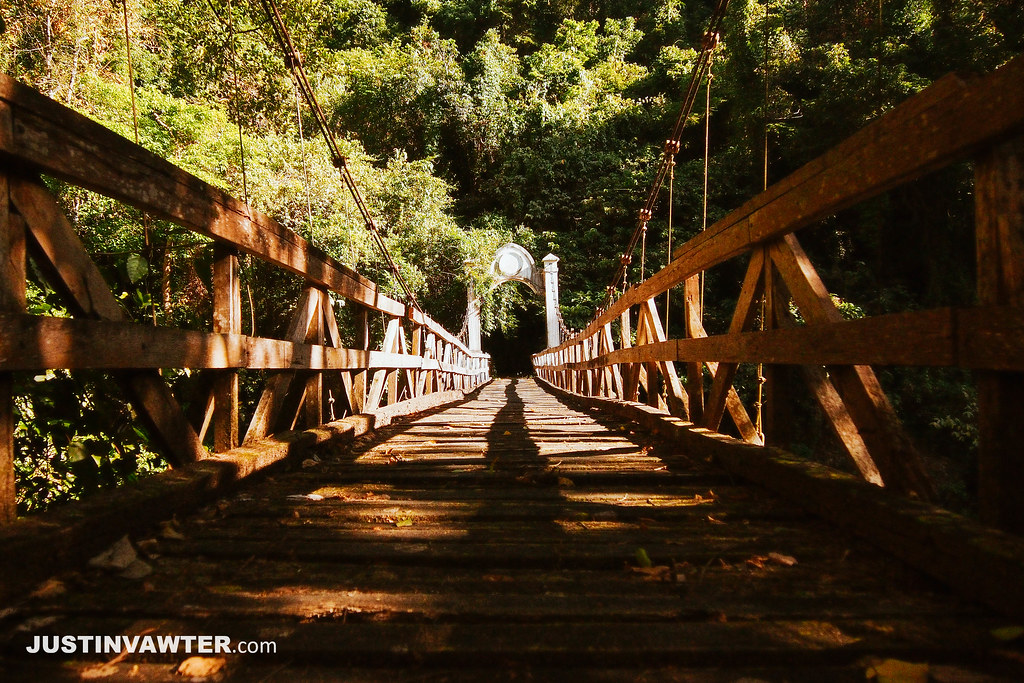
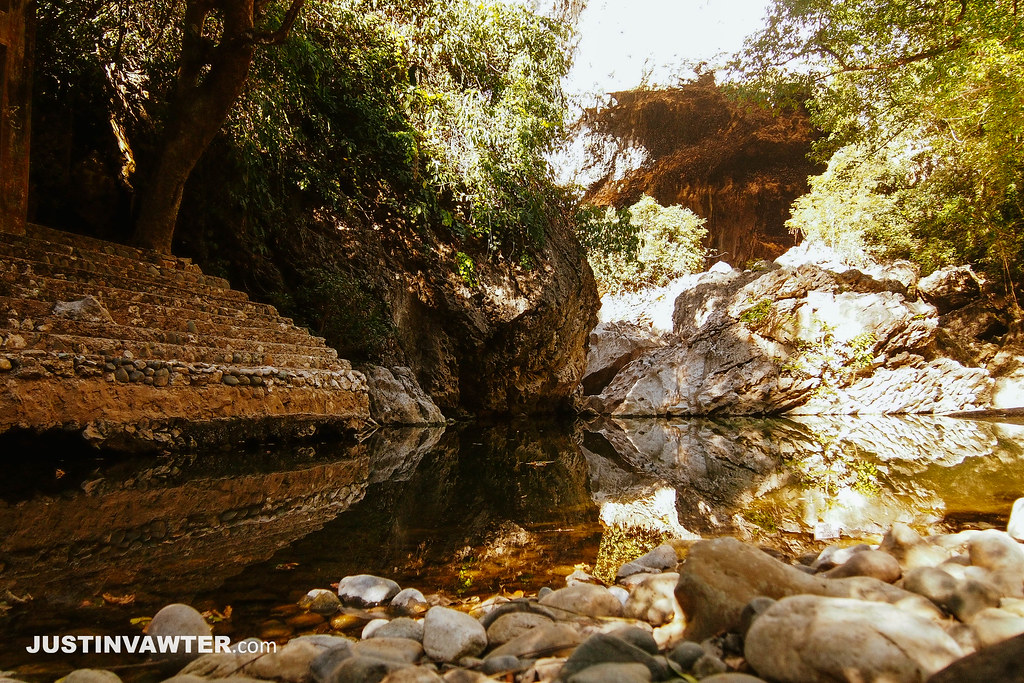
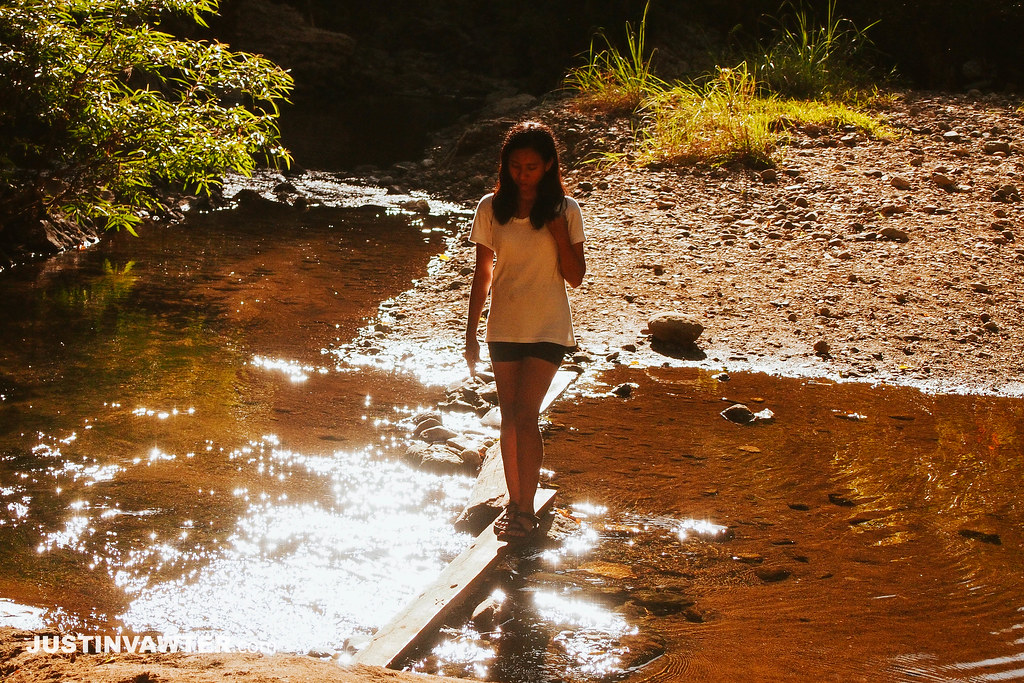
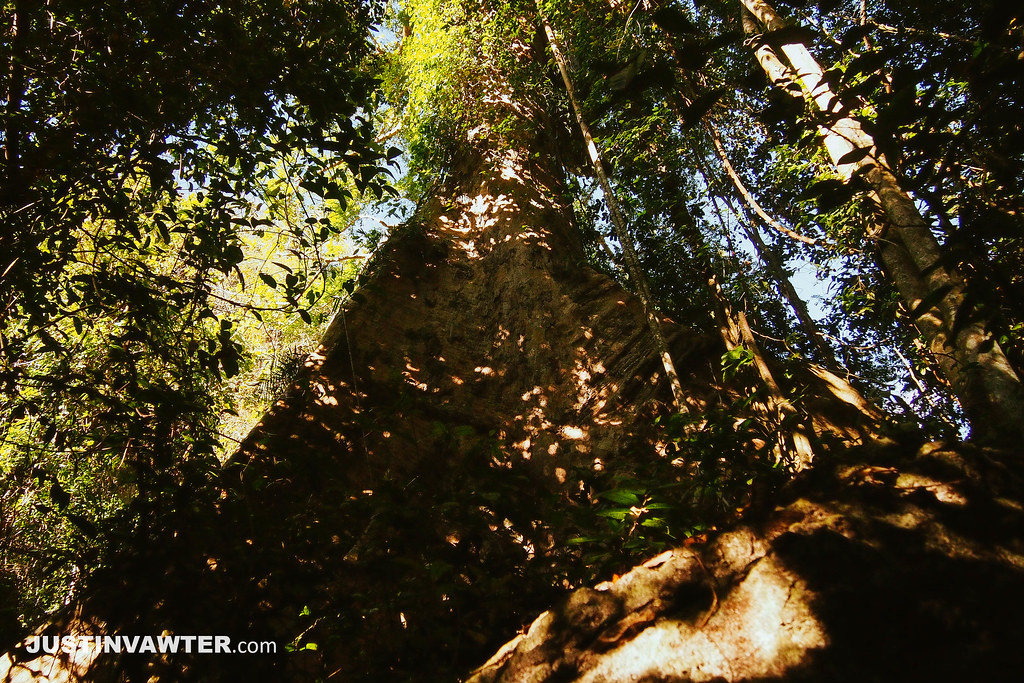
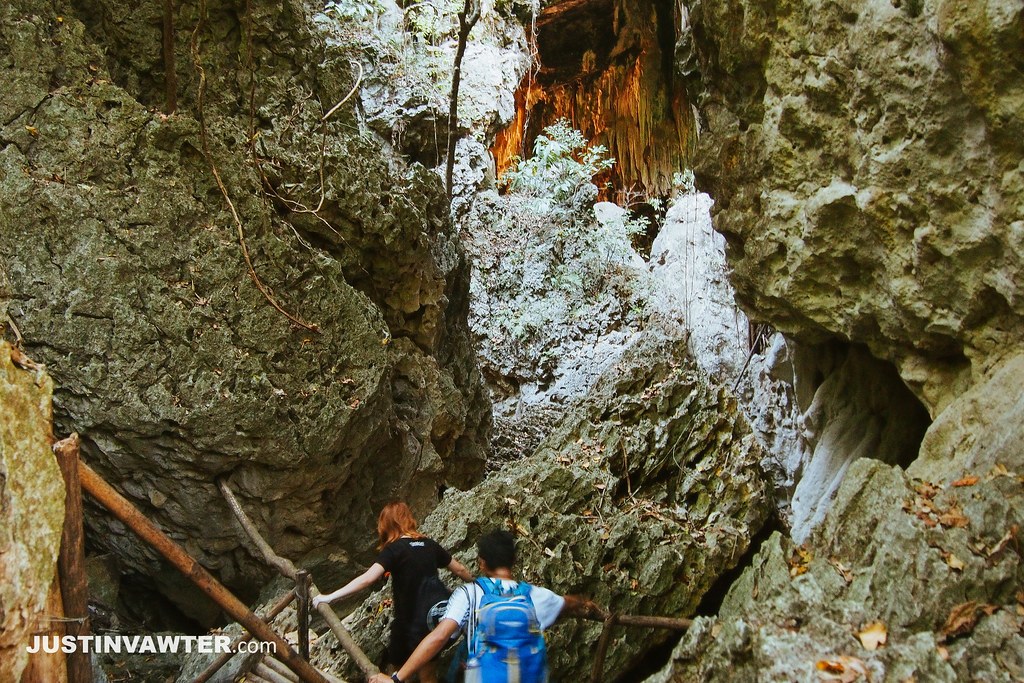
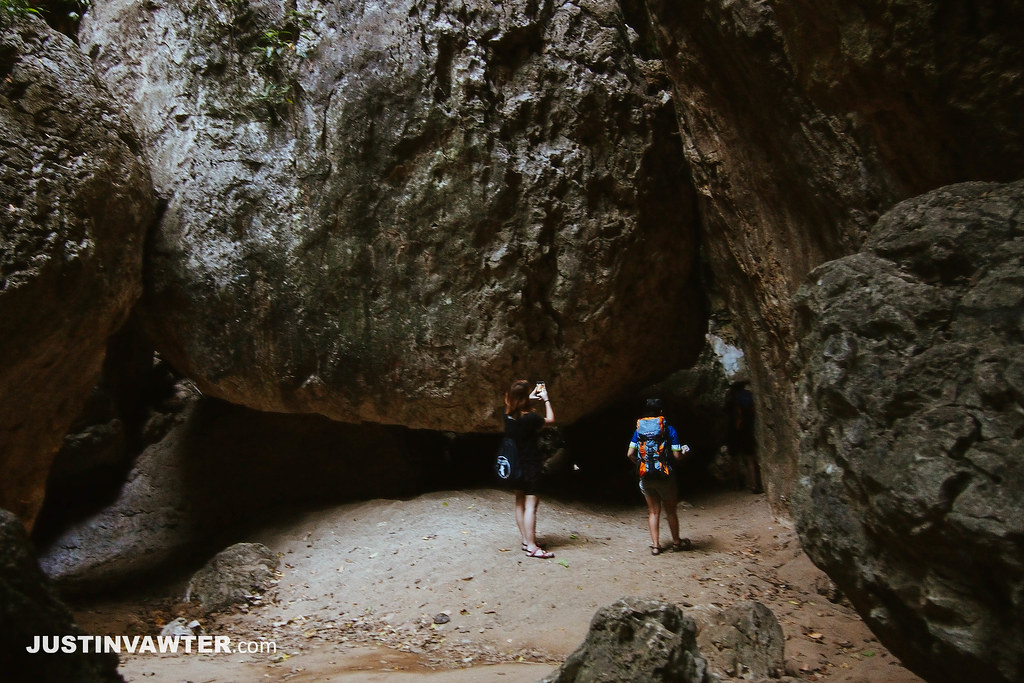
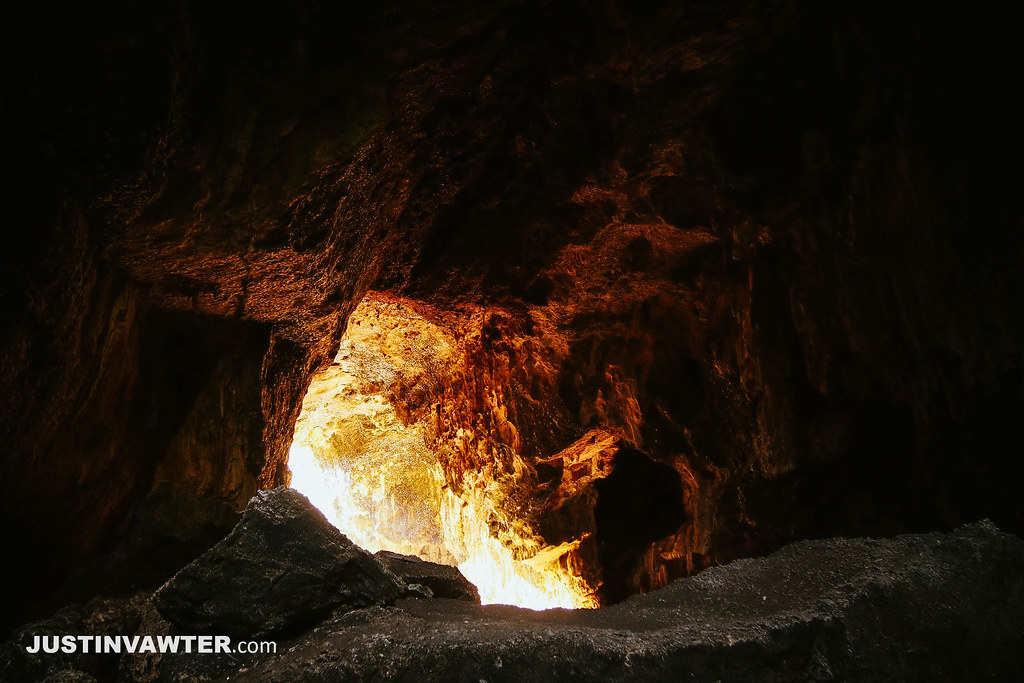
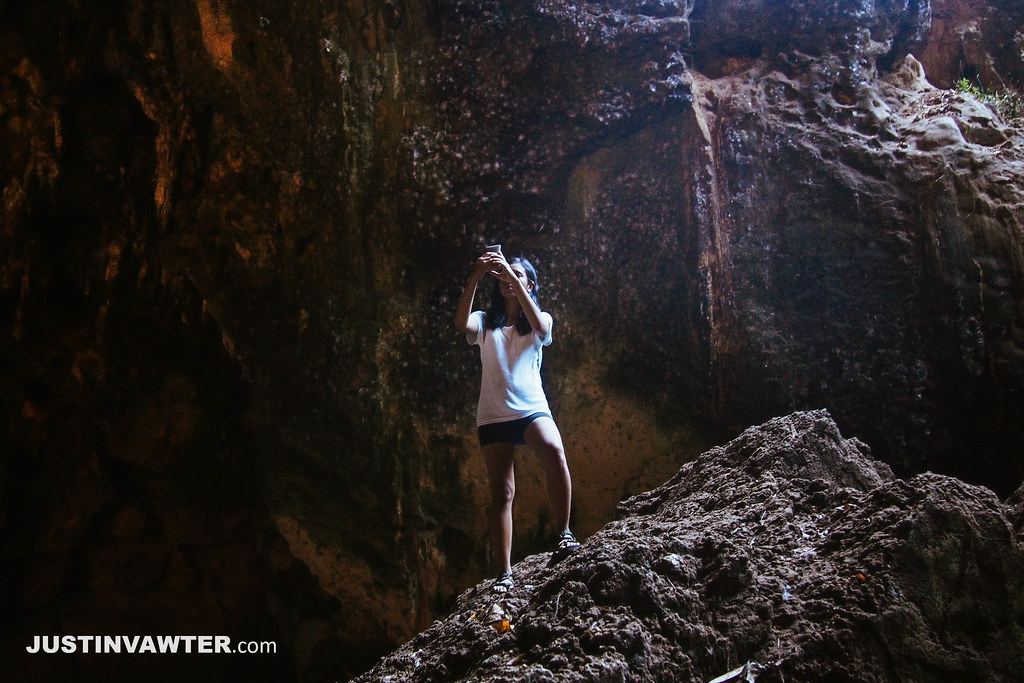
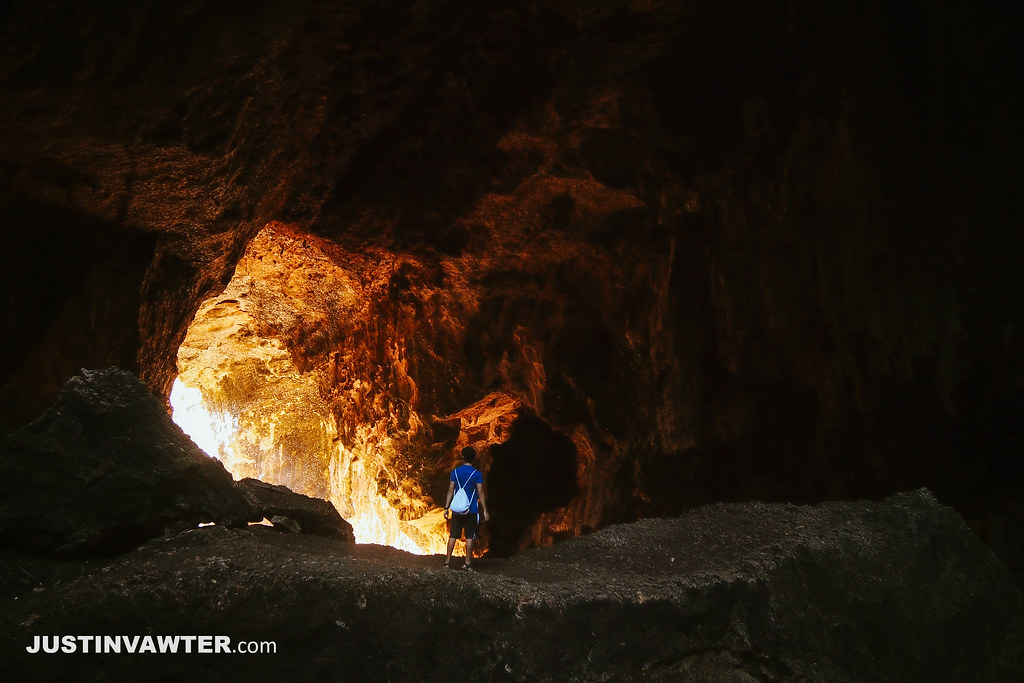
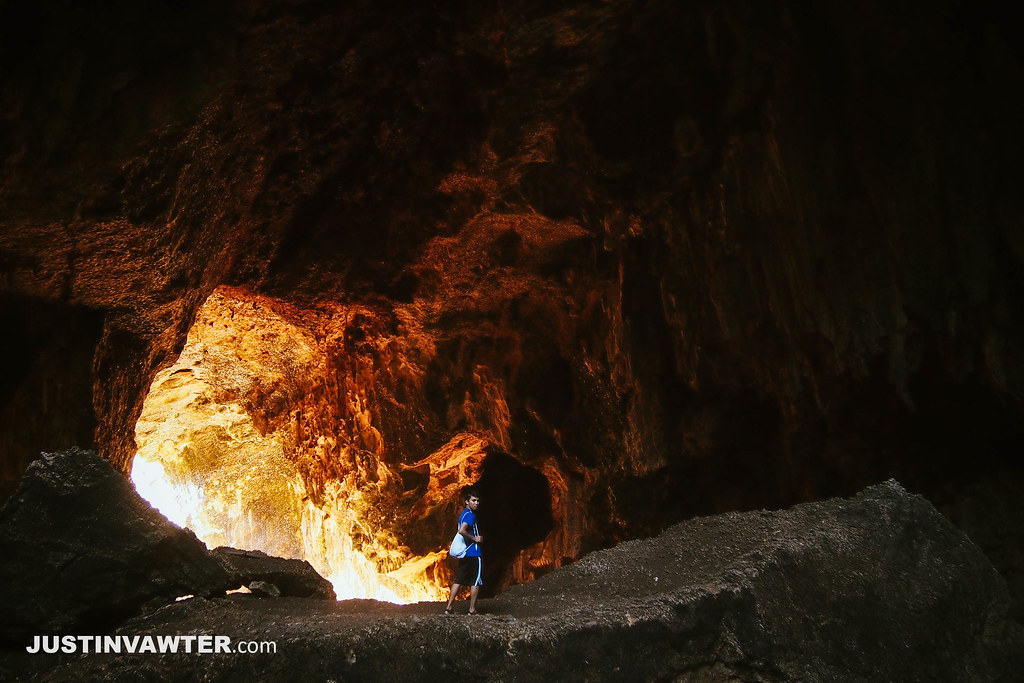
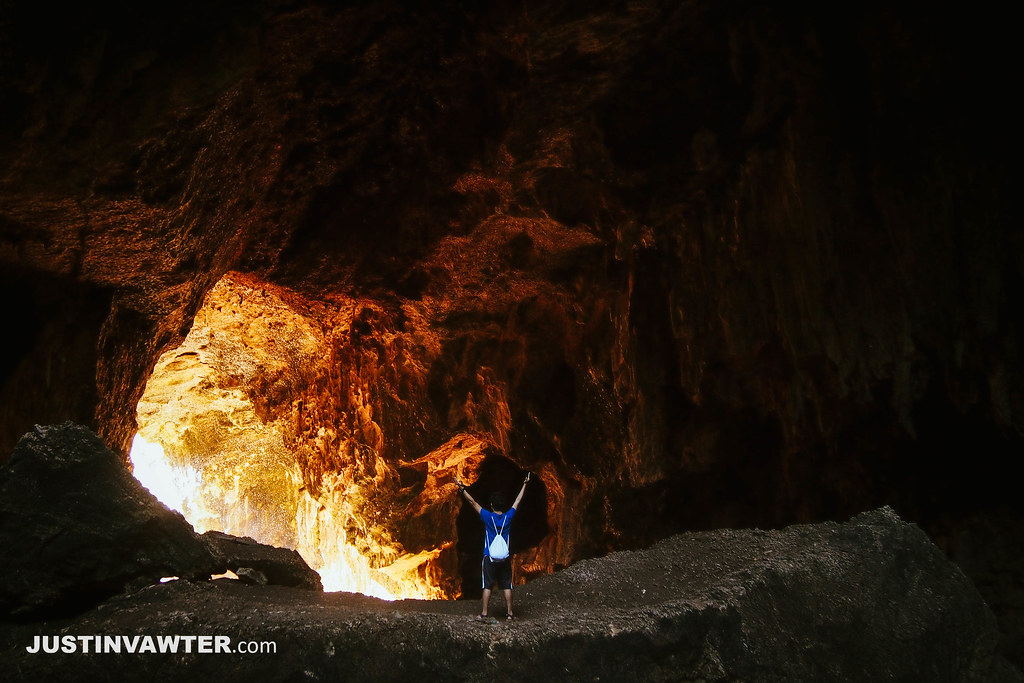
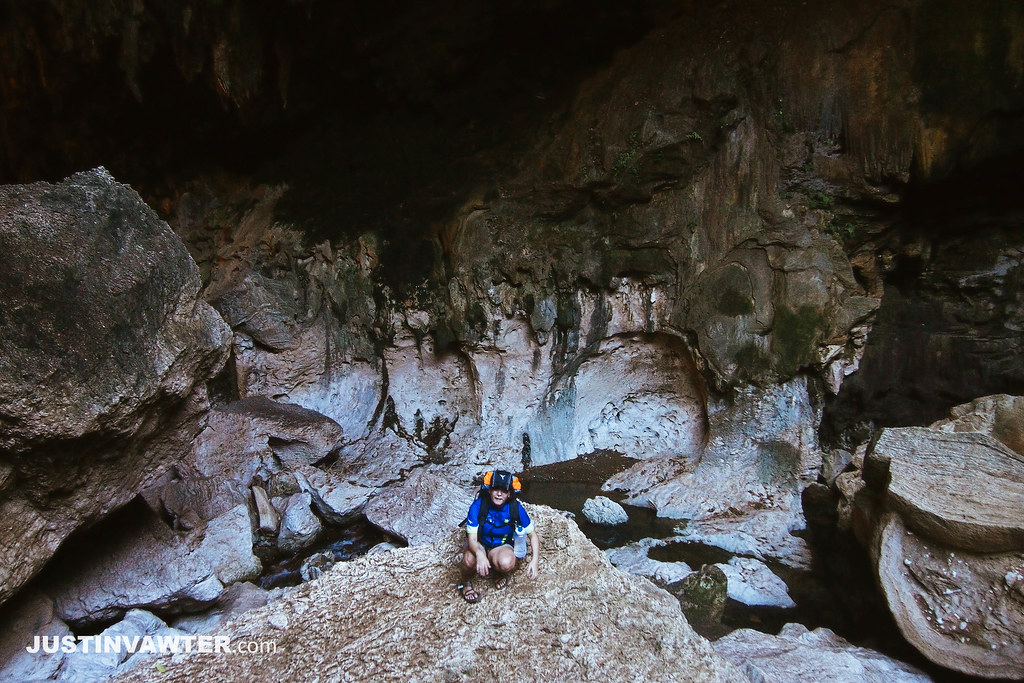
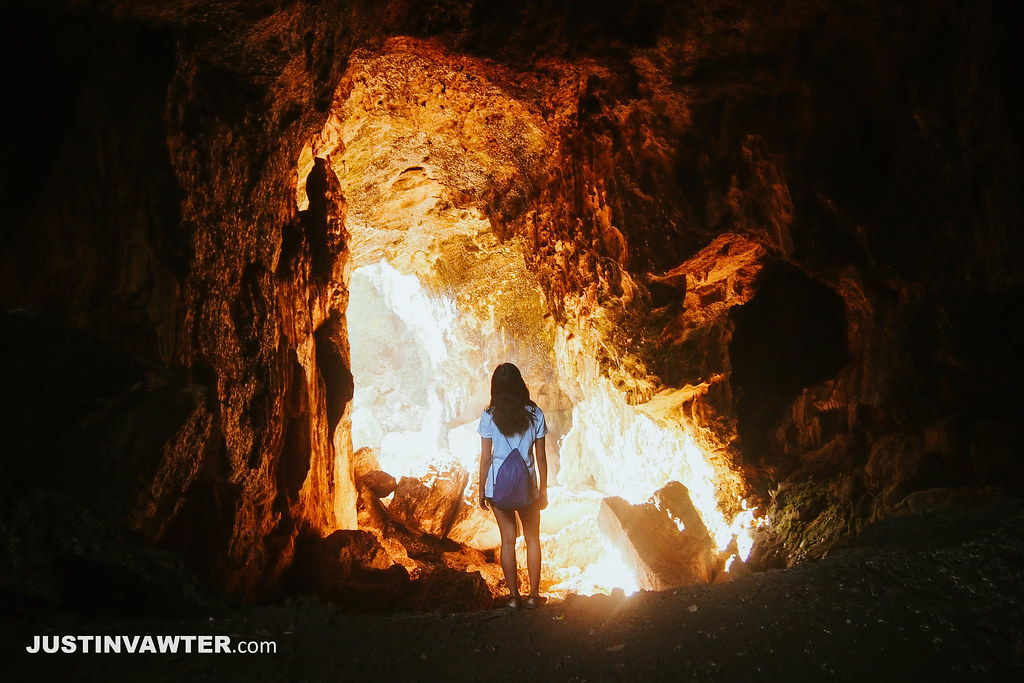
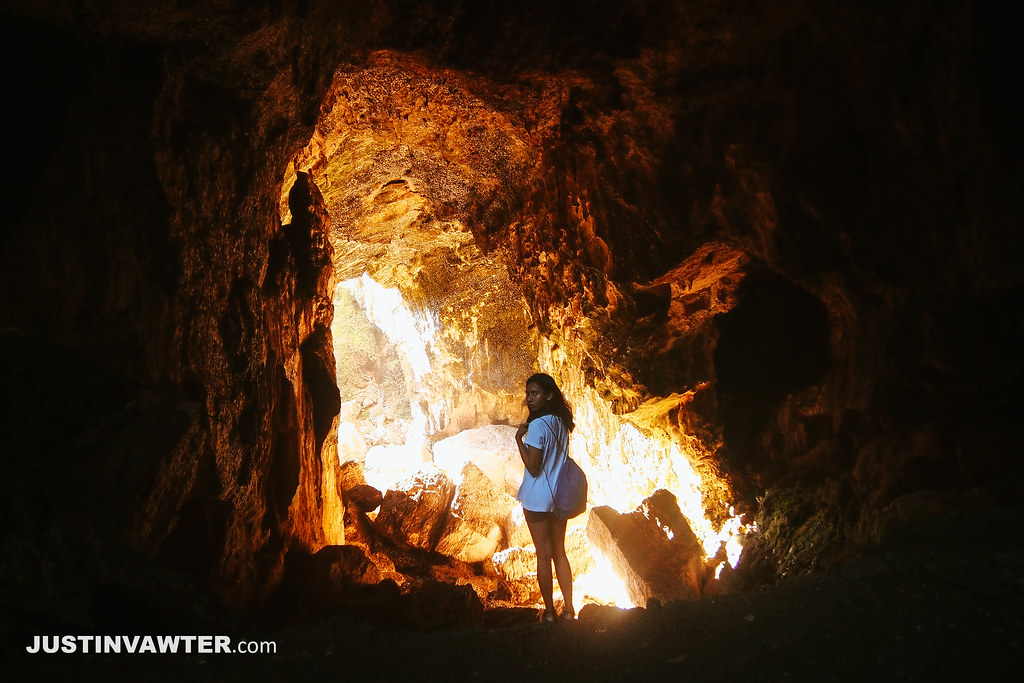
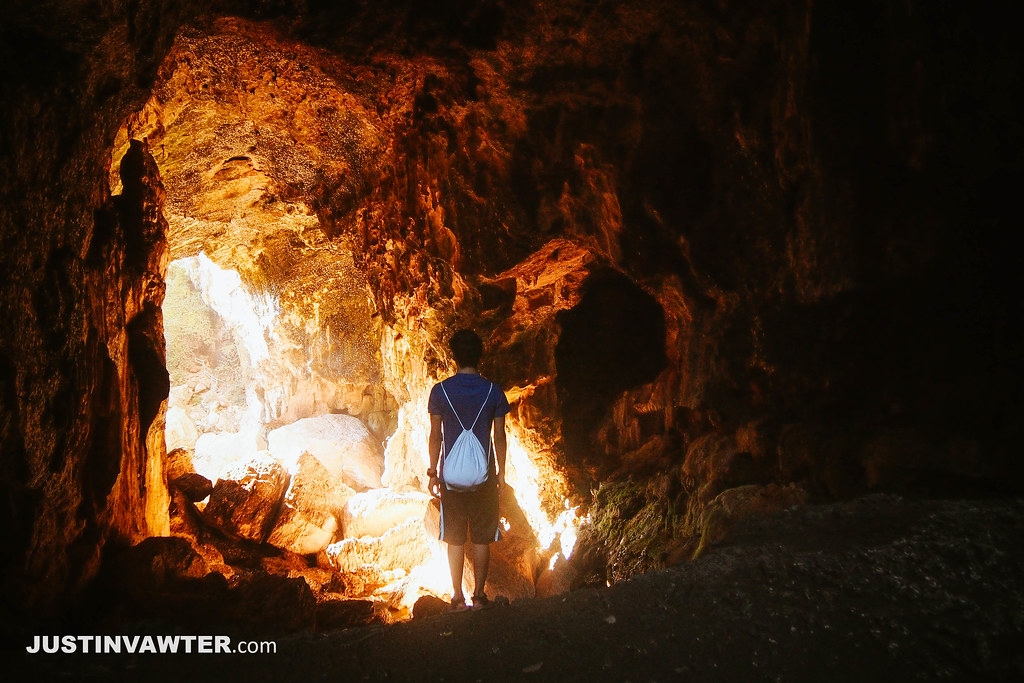
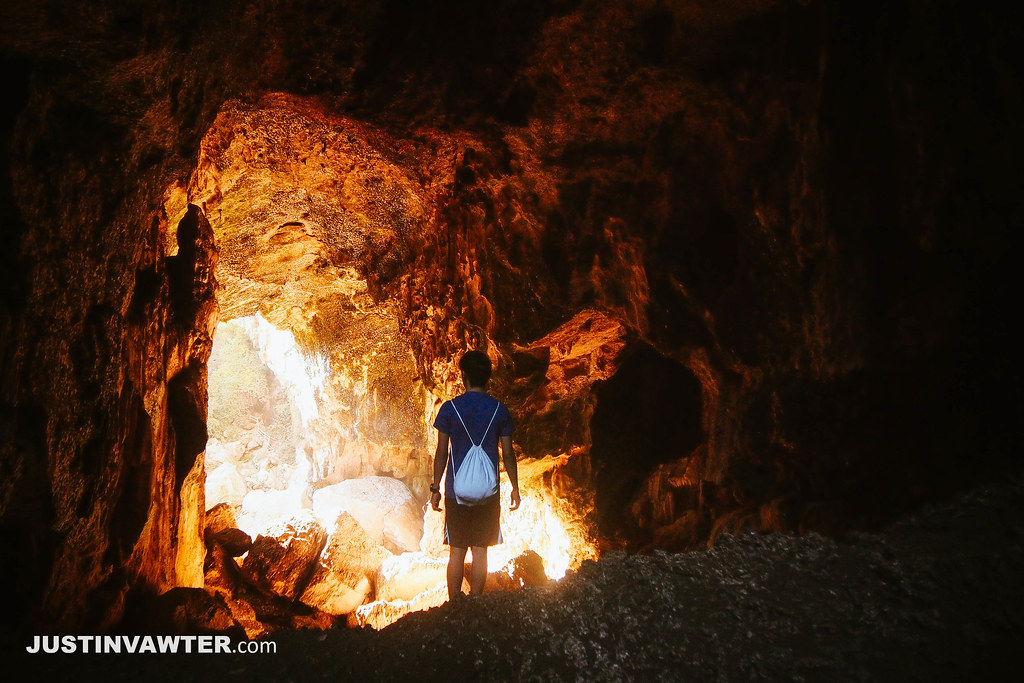
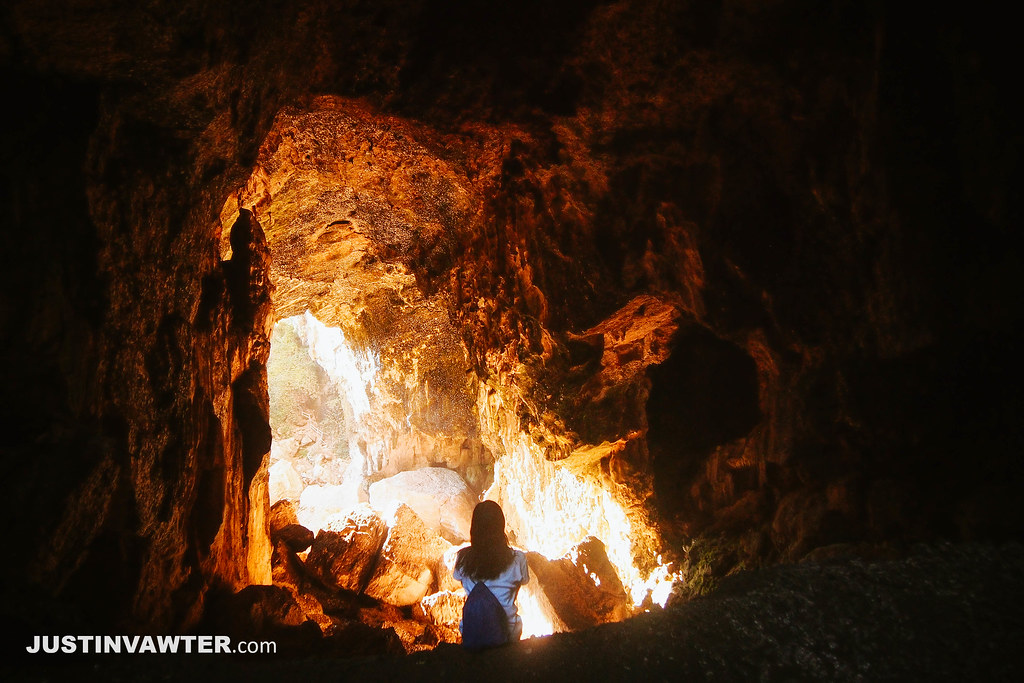
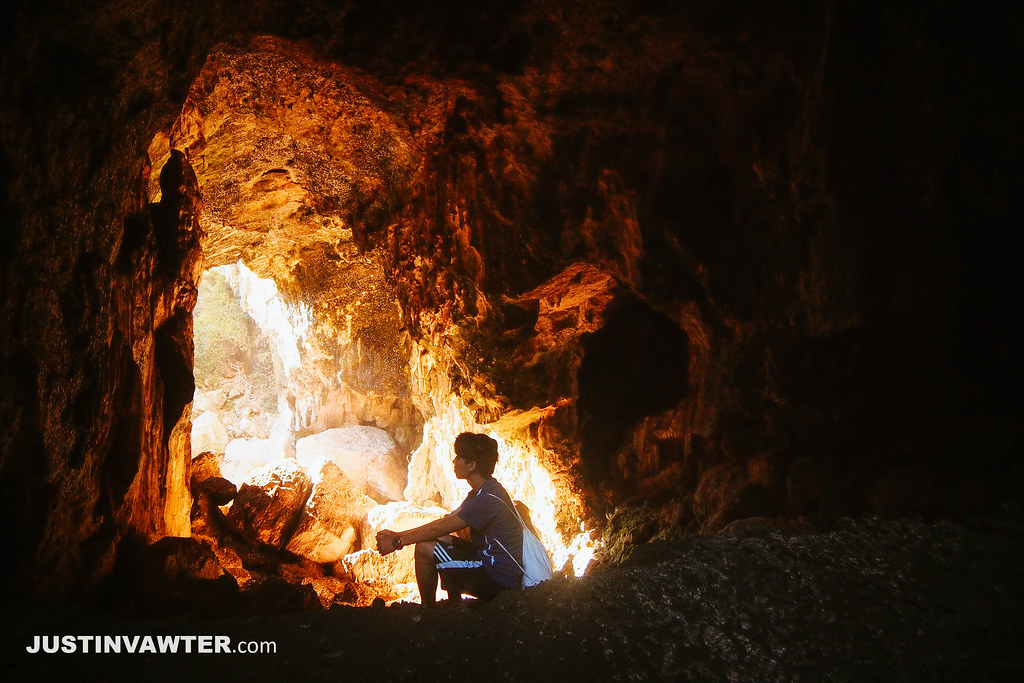
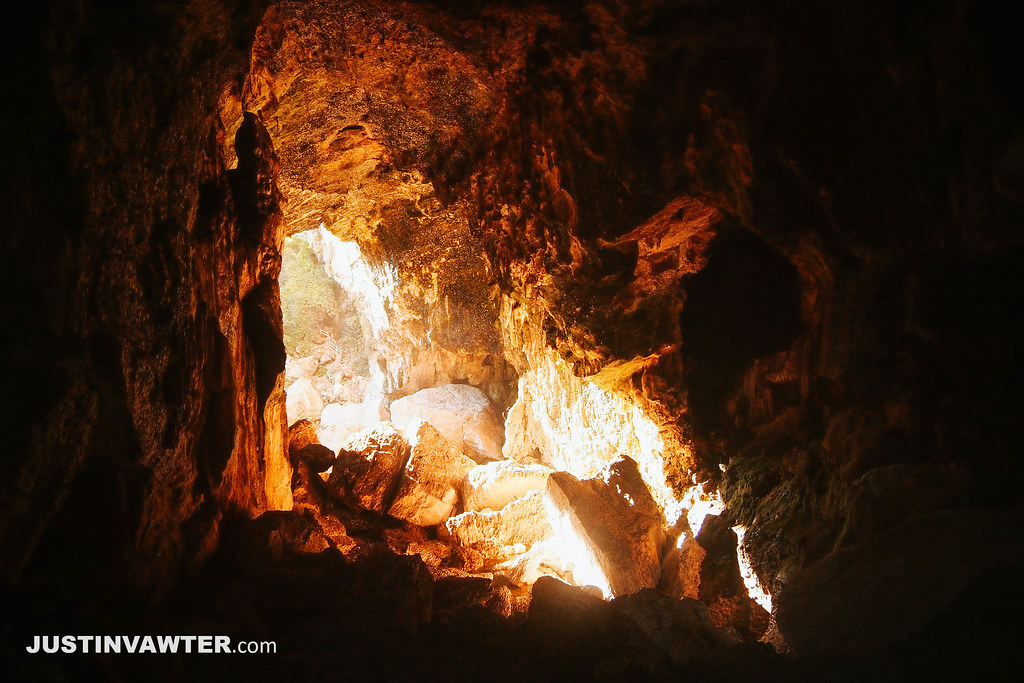
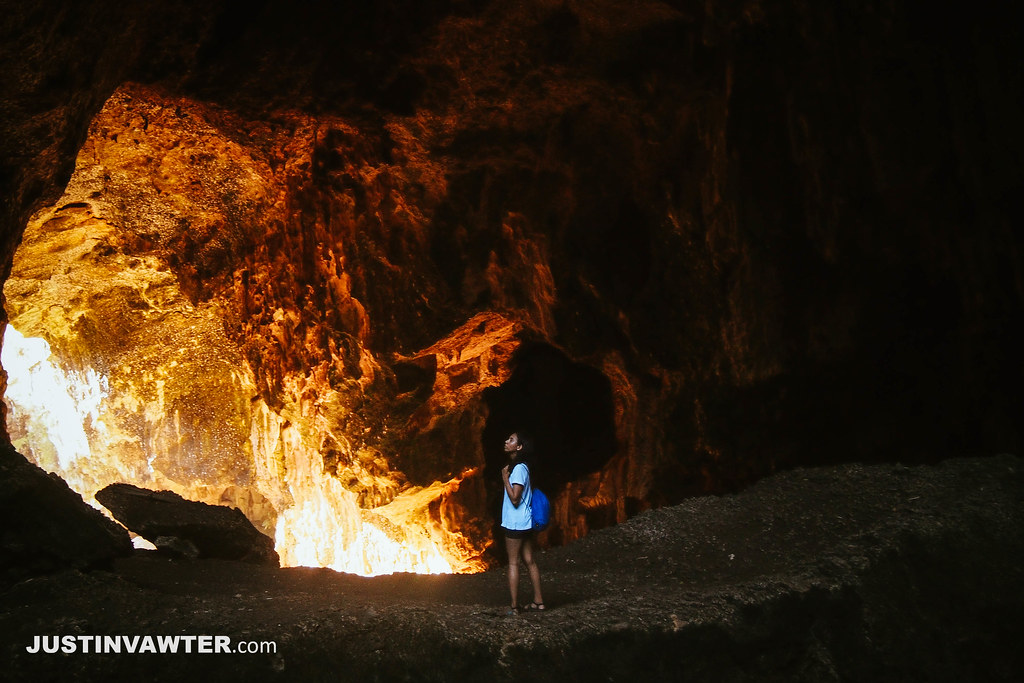
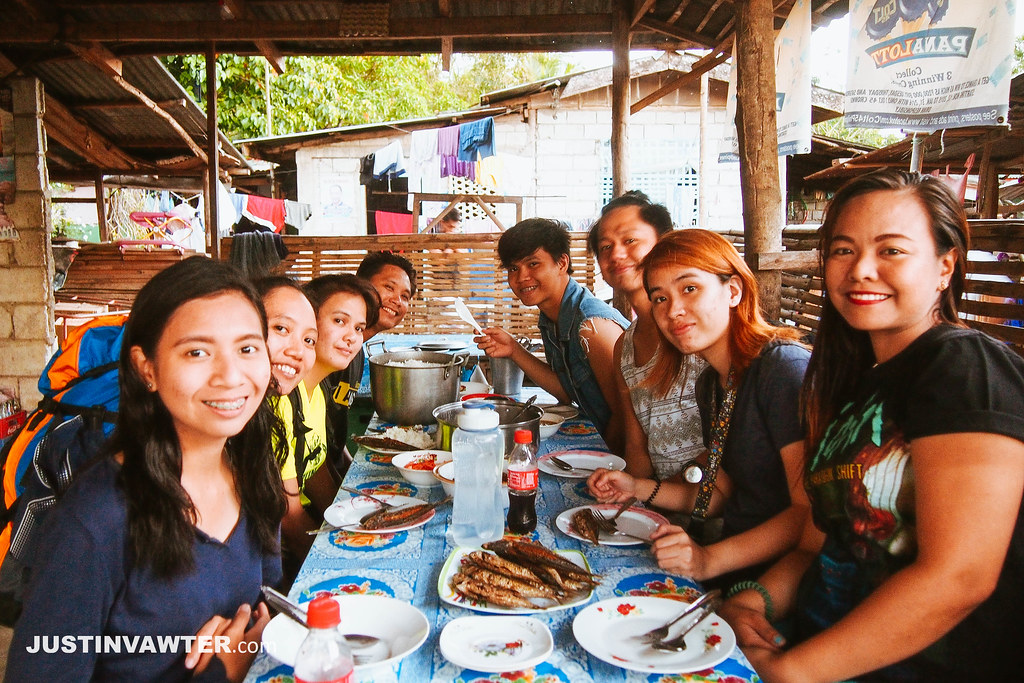

Hi! I just want to ask if you needed any letter, permit, or any requirements, to hike? Thanks!
Good evening, I just want to ask if how much is the entrance fee. Thank you!
Thank you for visiting us San miguel Bulacan
Hope to see you guys at Madlum Cave (Sibul San miguel Bulacan) which part of Biak na Bato National park,We are also offer the hiking experience Mt.Manalmon and Mt.Gola.
Spelunking?Try our Bayukbok Caves 1&2 a technical cave.Swimming? We have Madlum river and Manalmon river .Camping or Overnight? Have fun and unwind even in low budget,guide is required (dayhike/overnight/caving)
Pingback: Top 5 Famous Parks in the Philippines | Allstar.ph